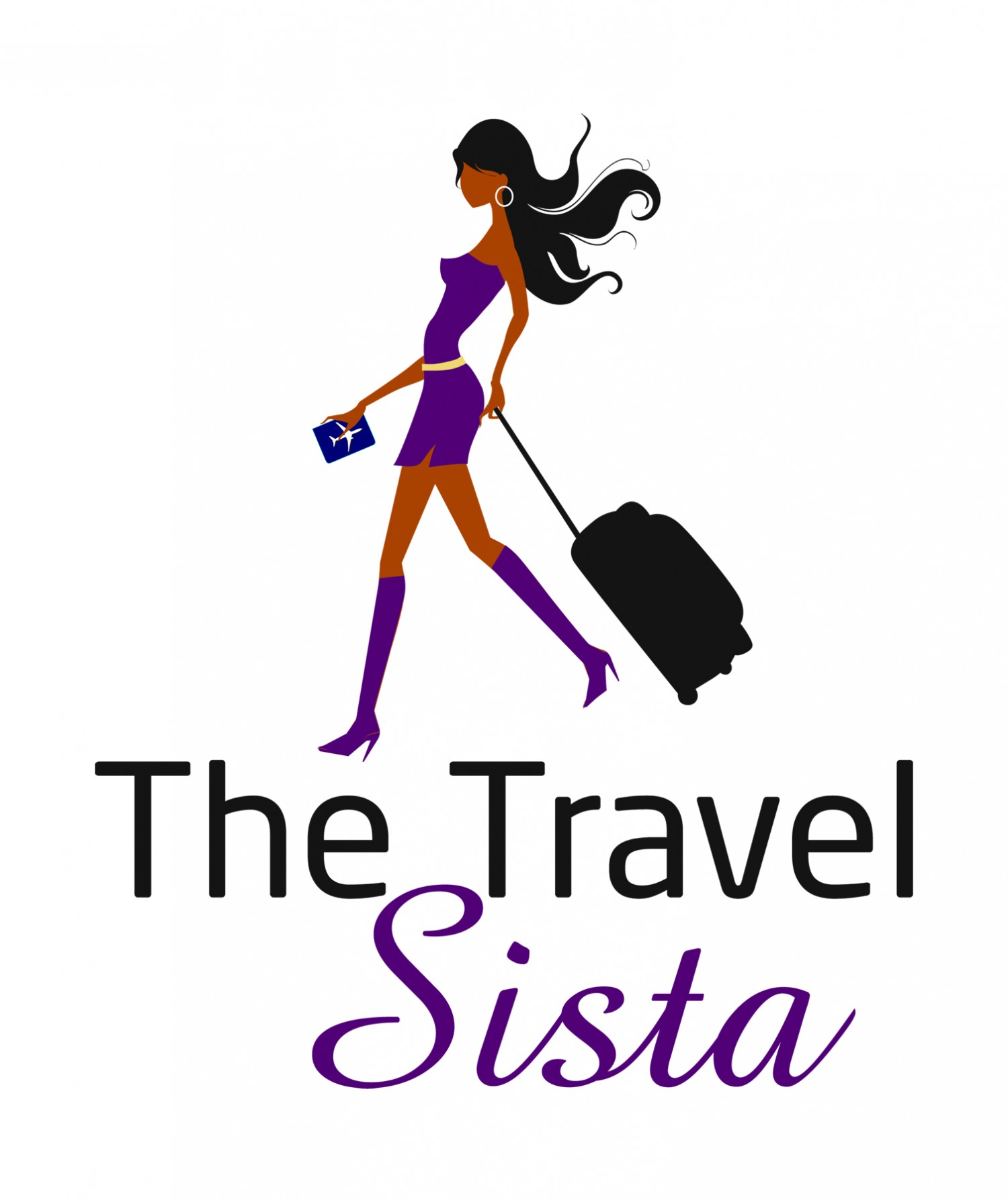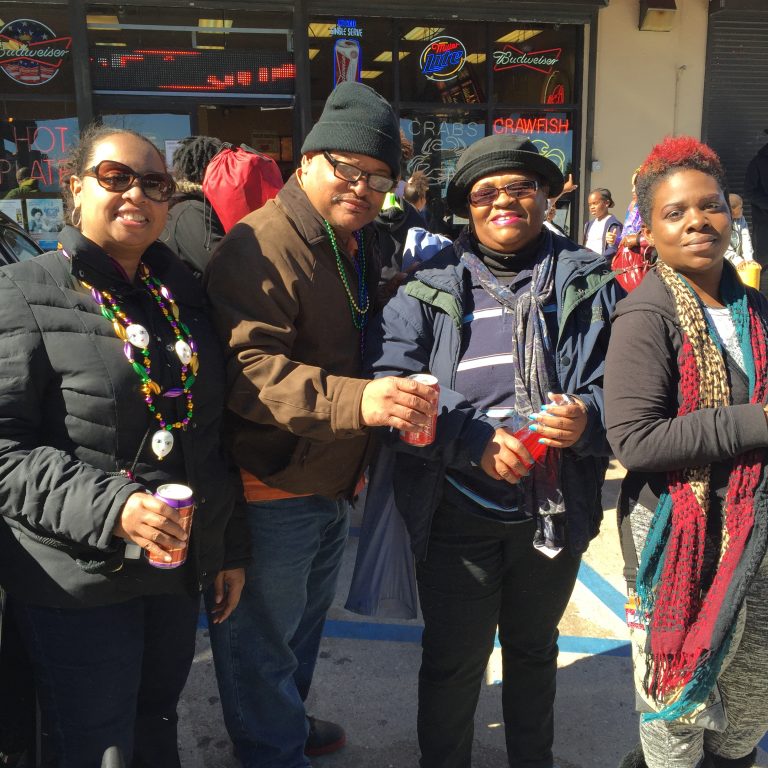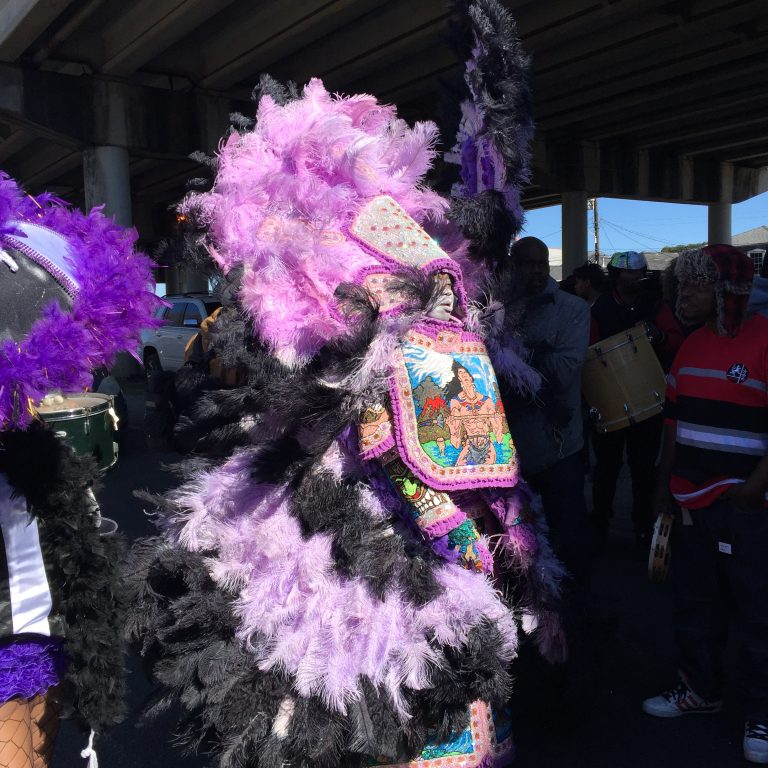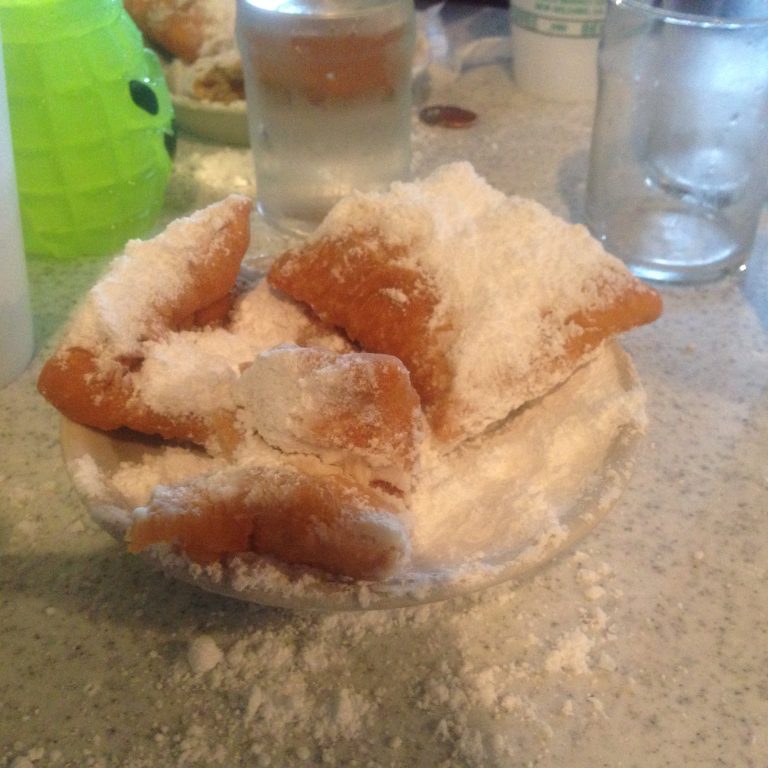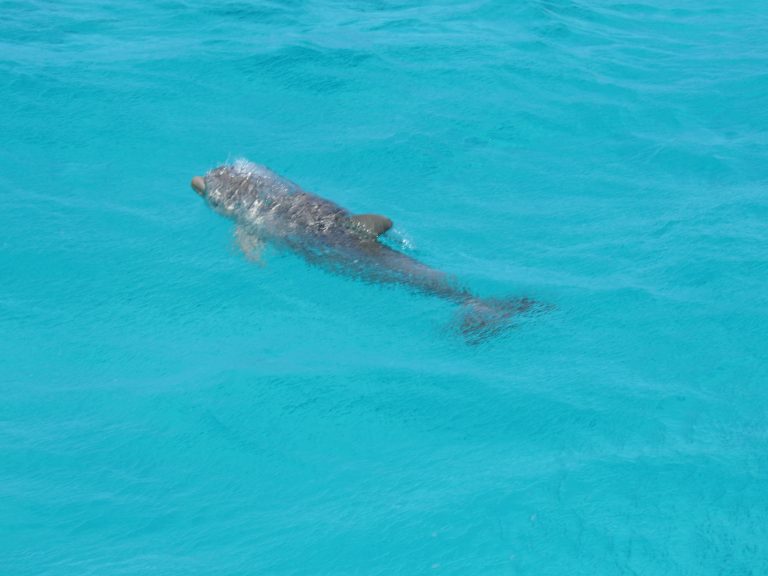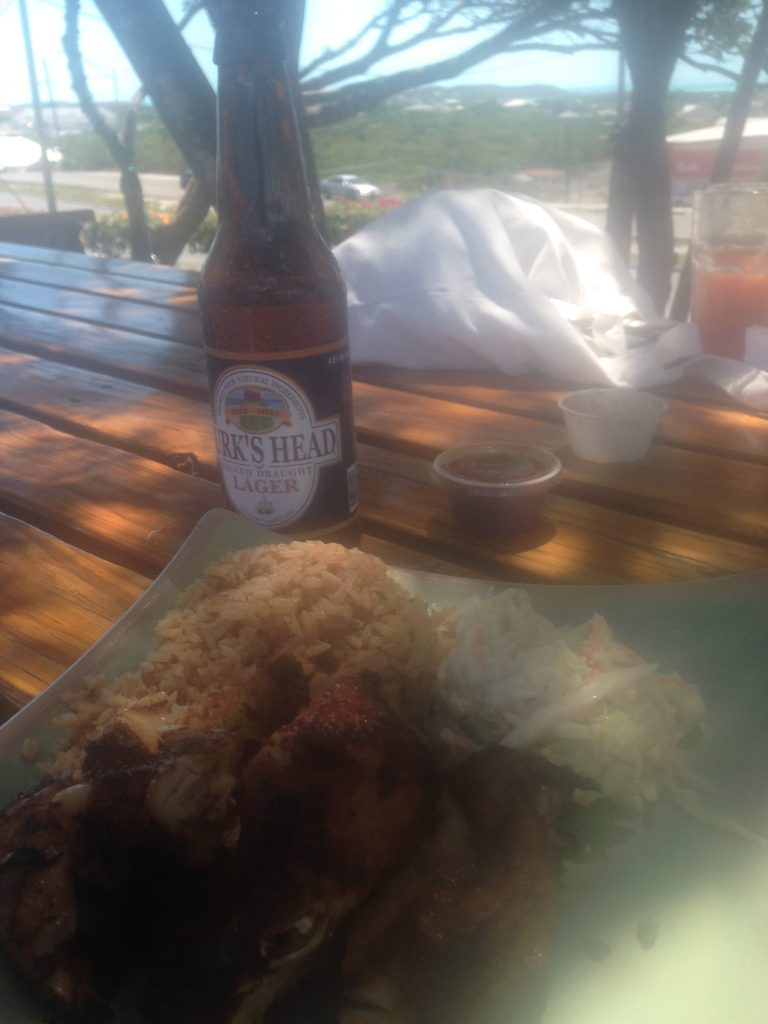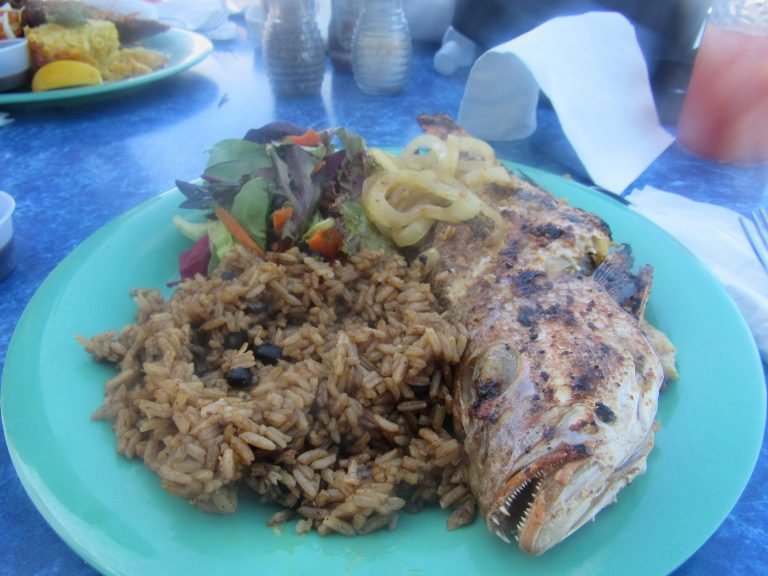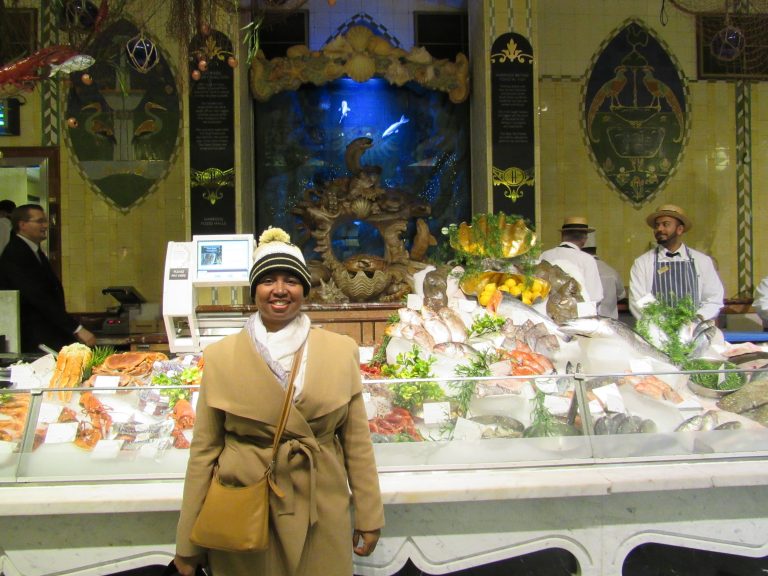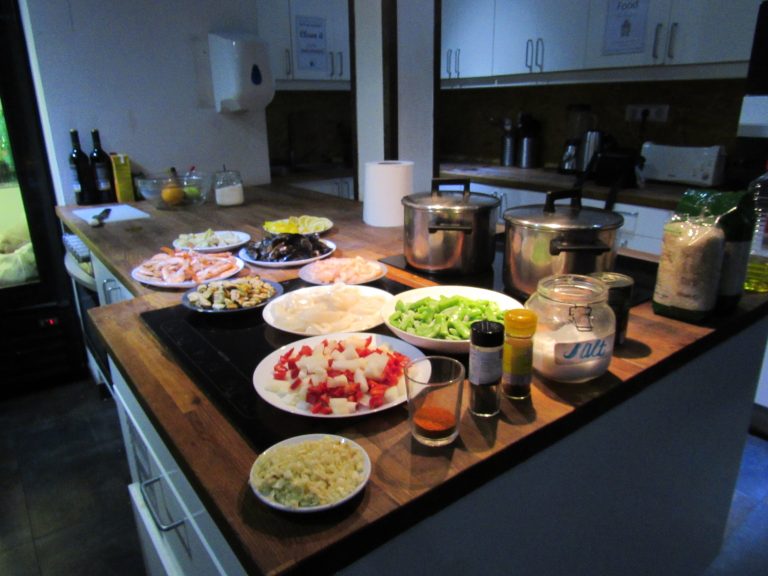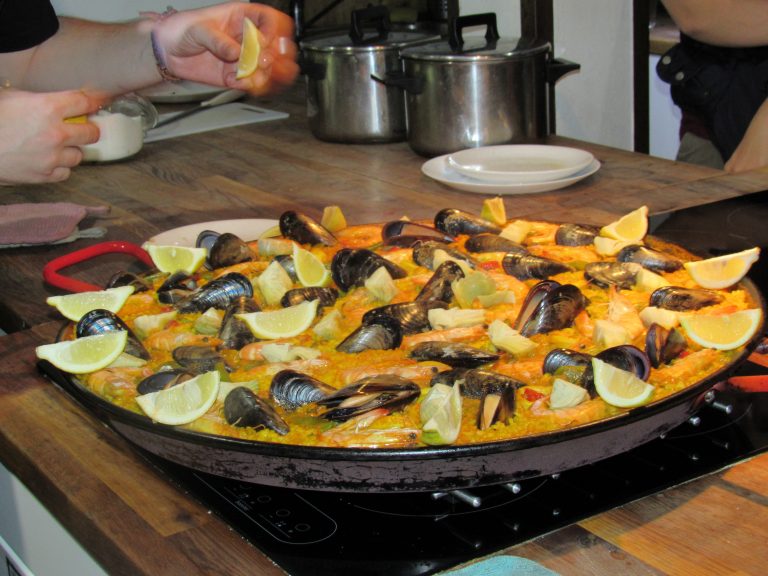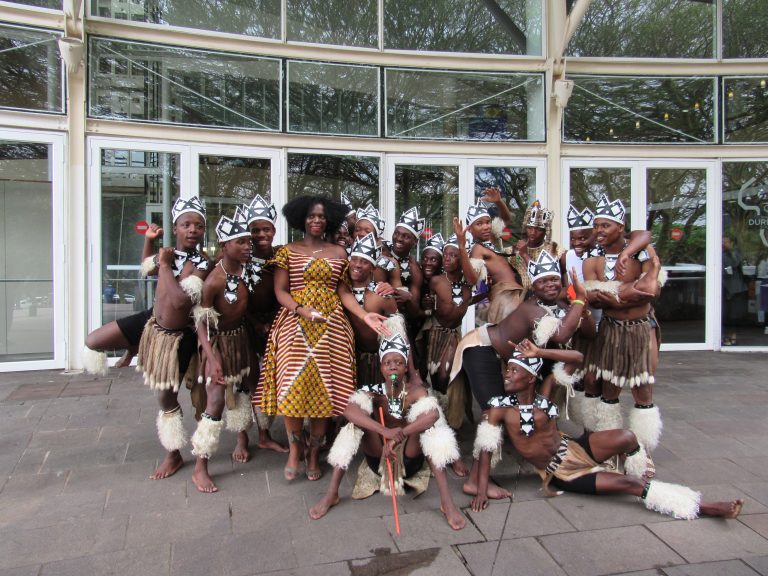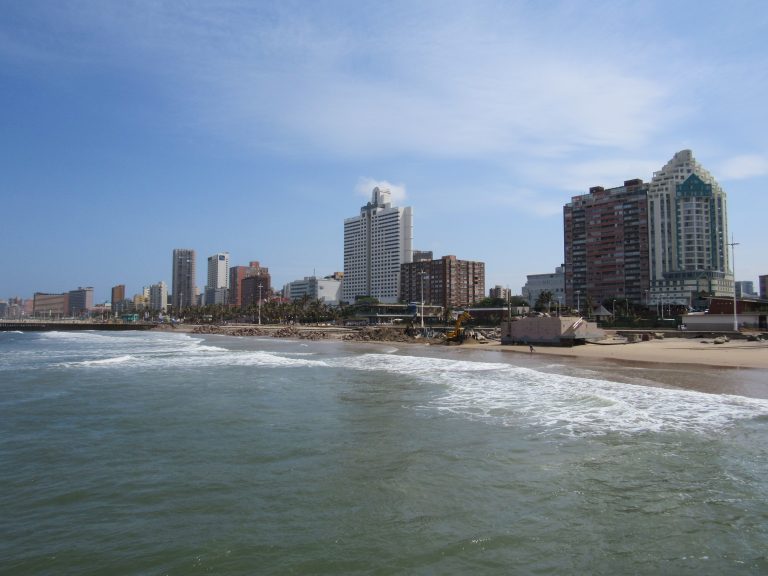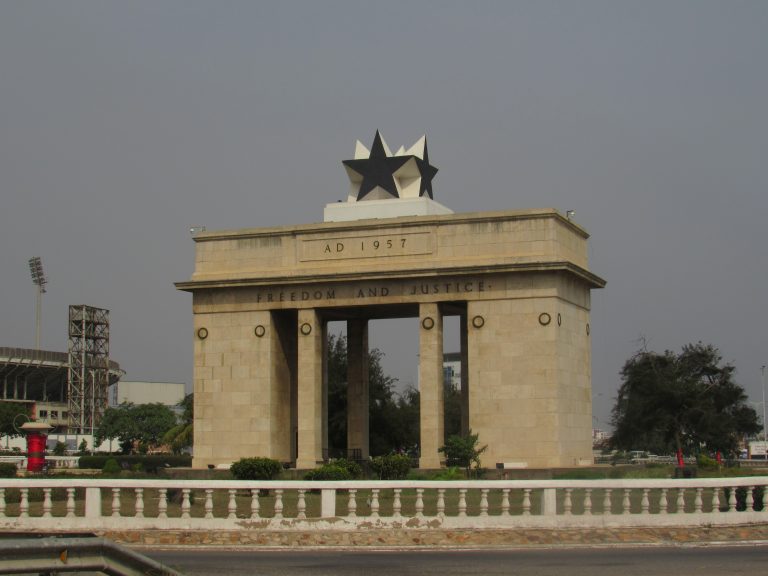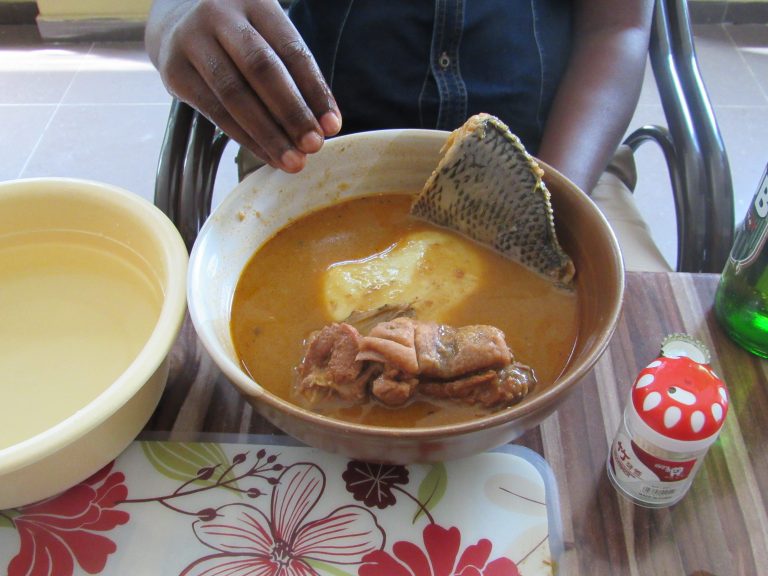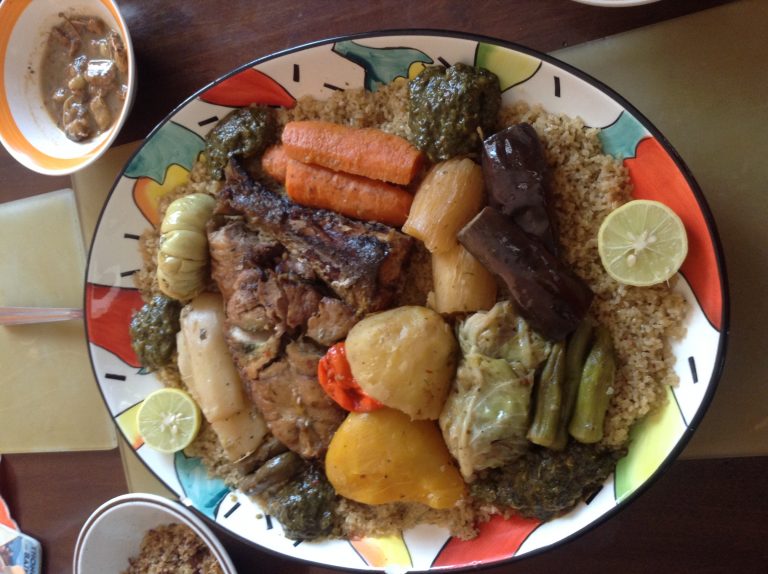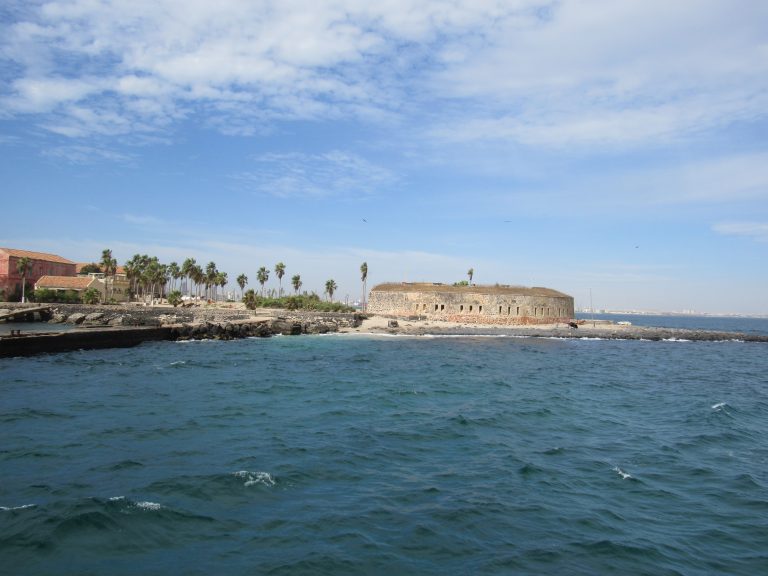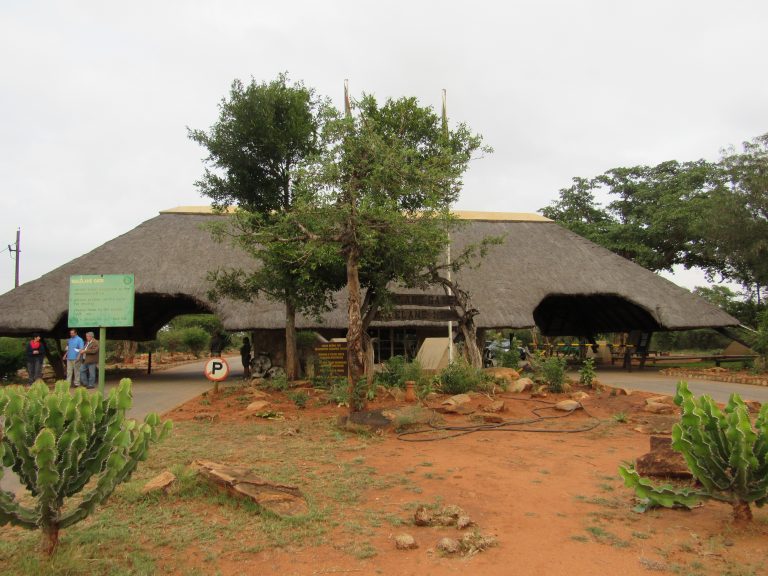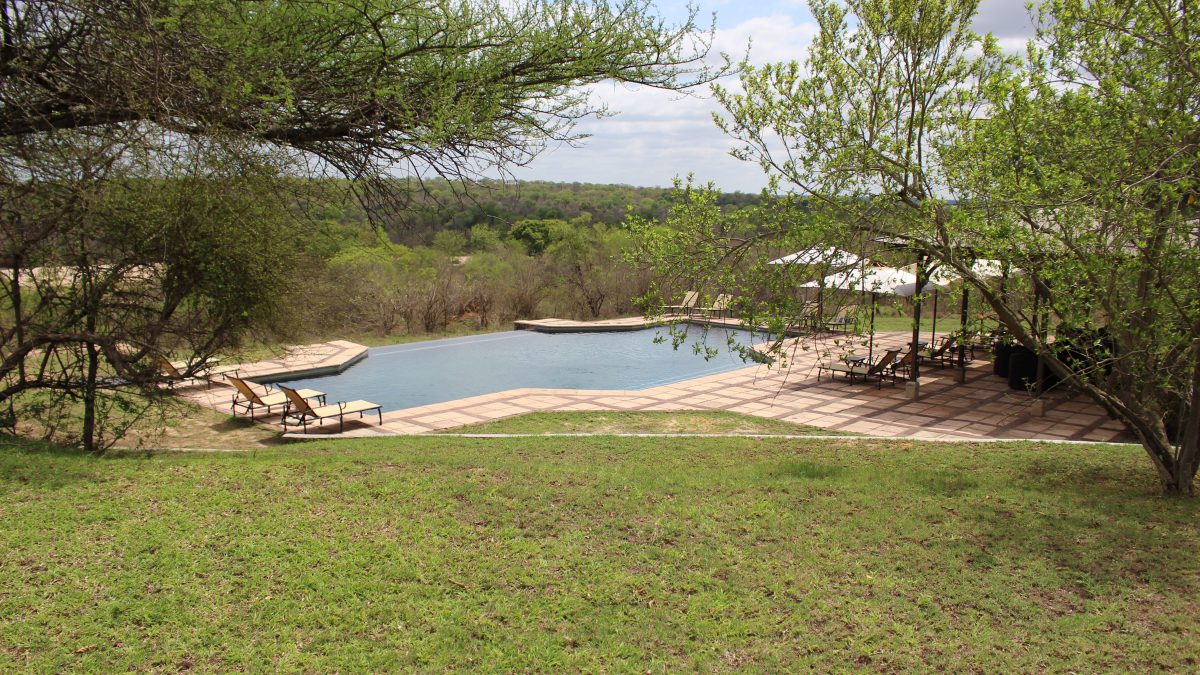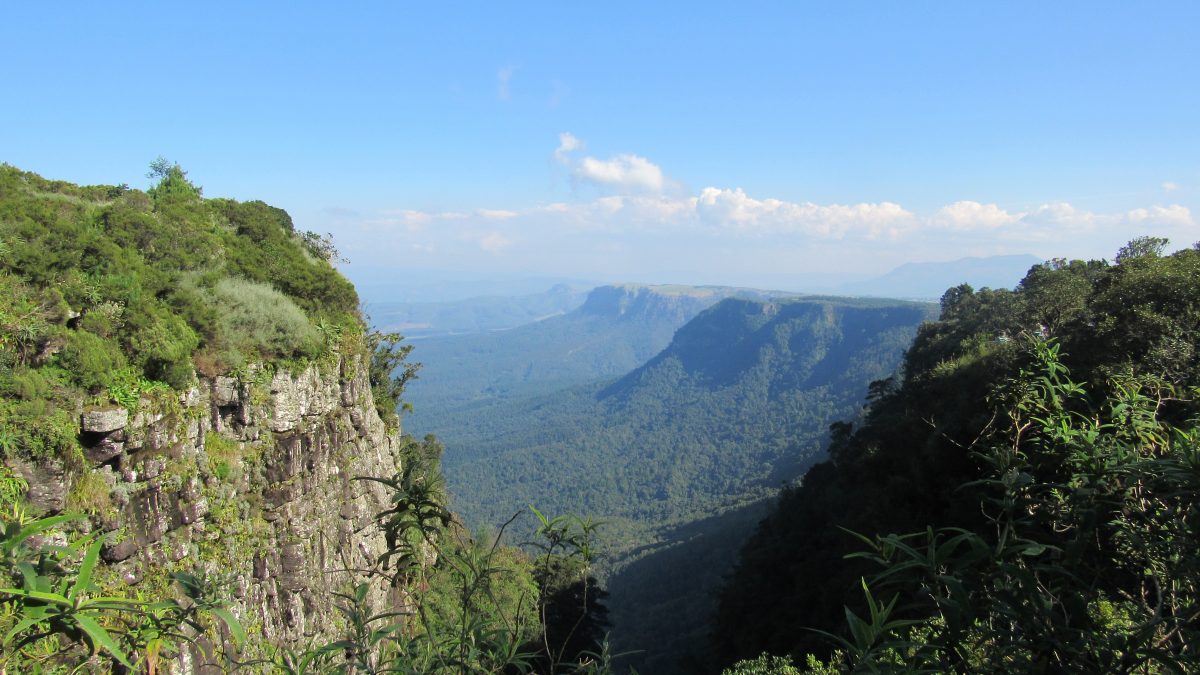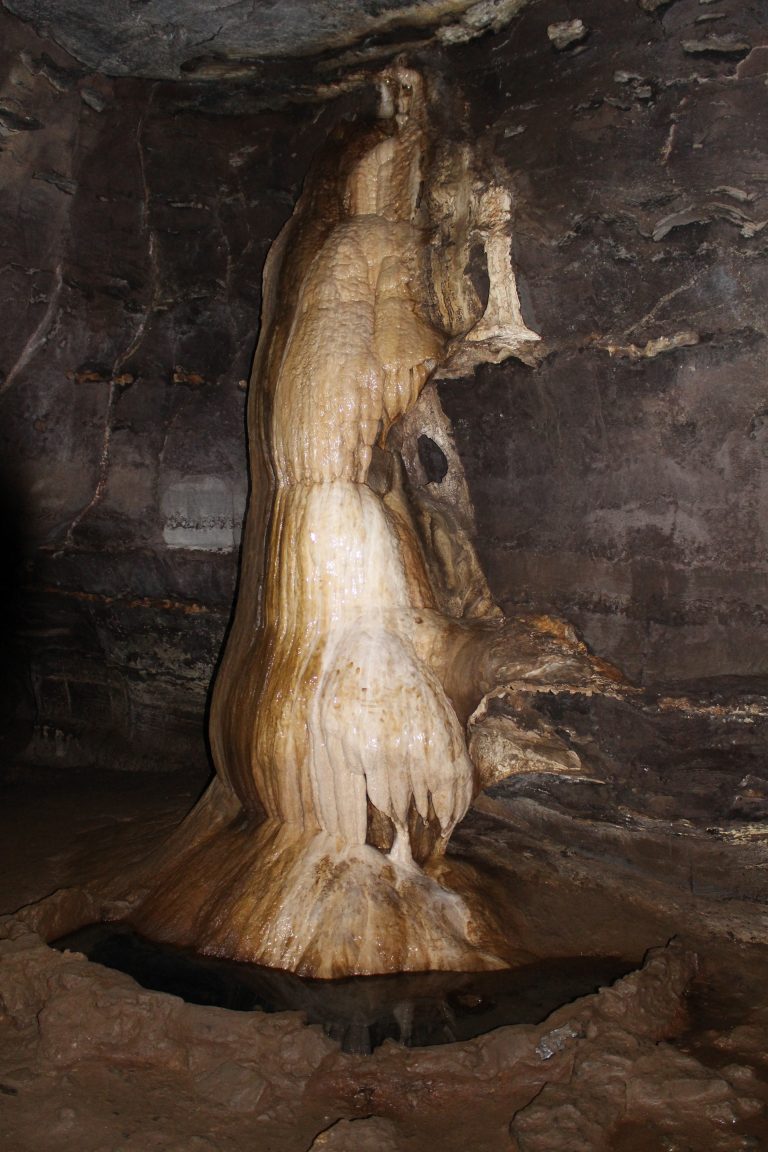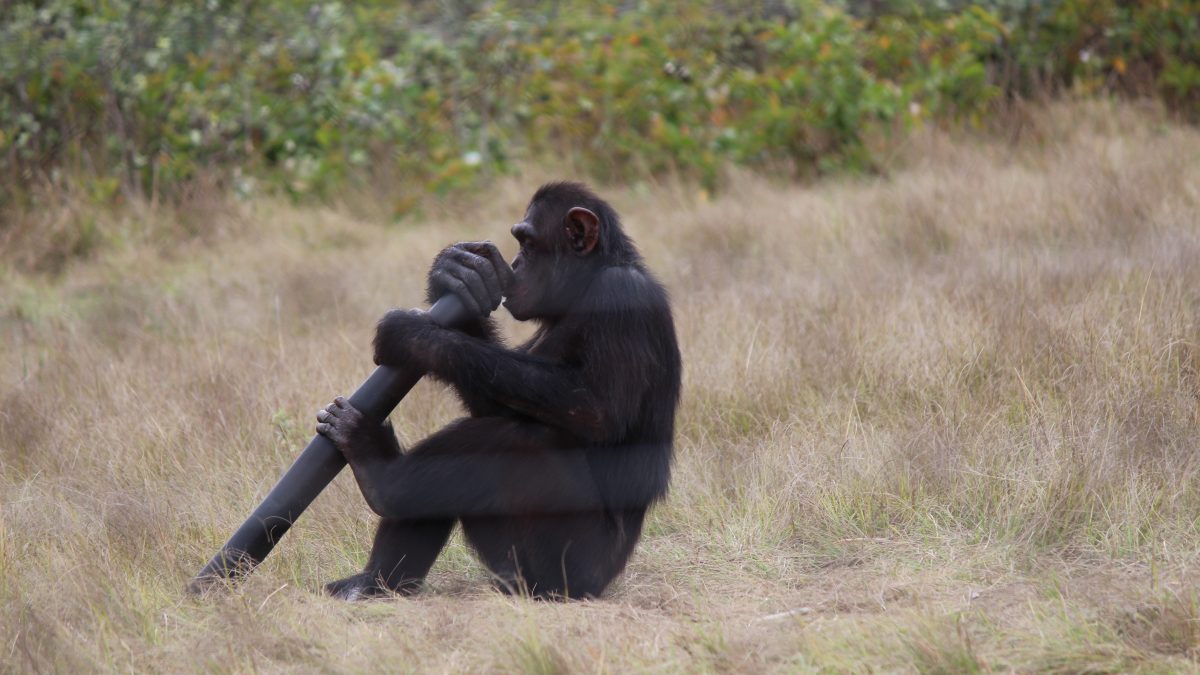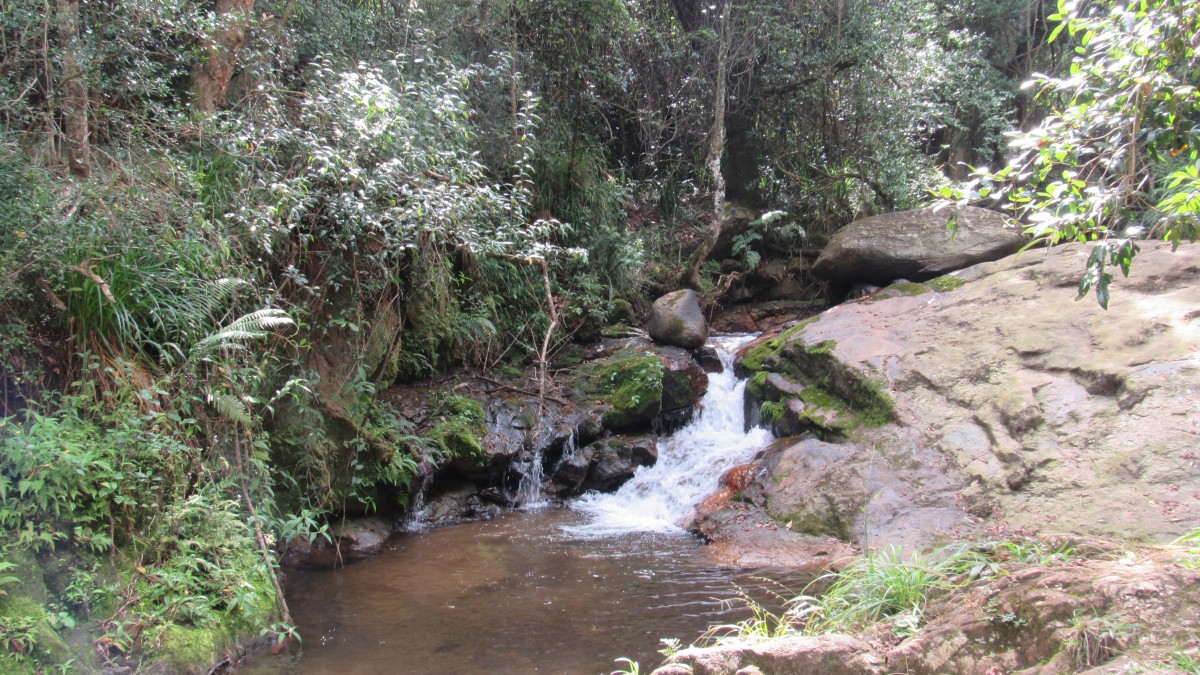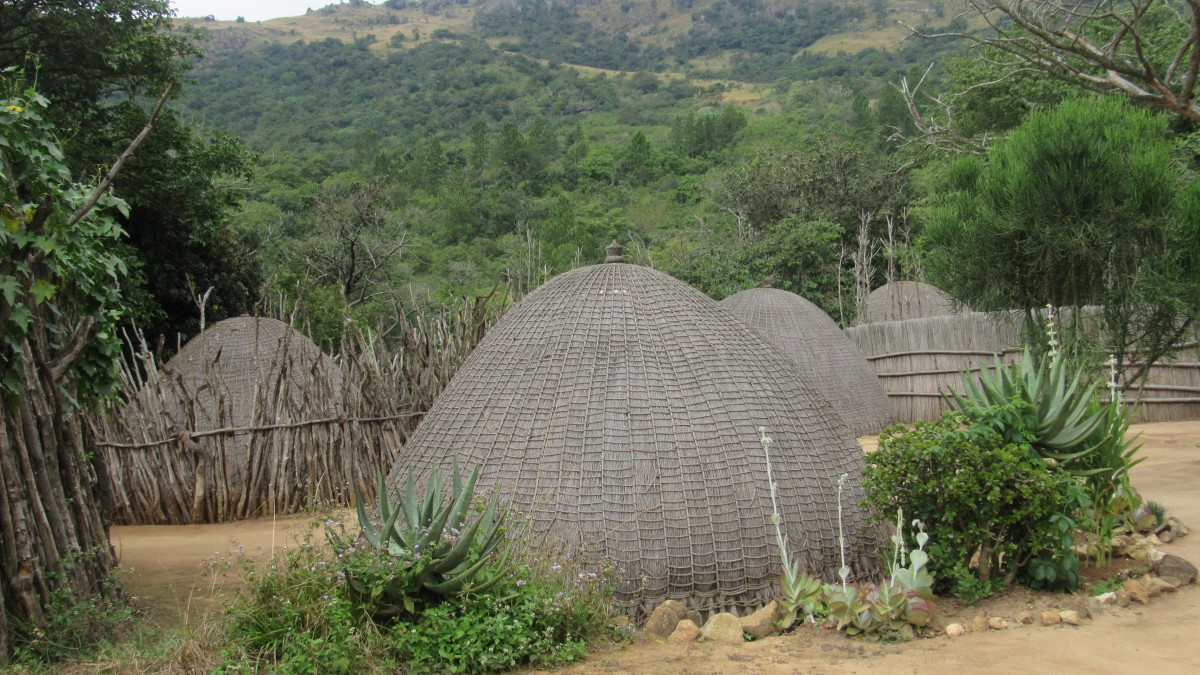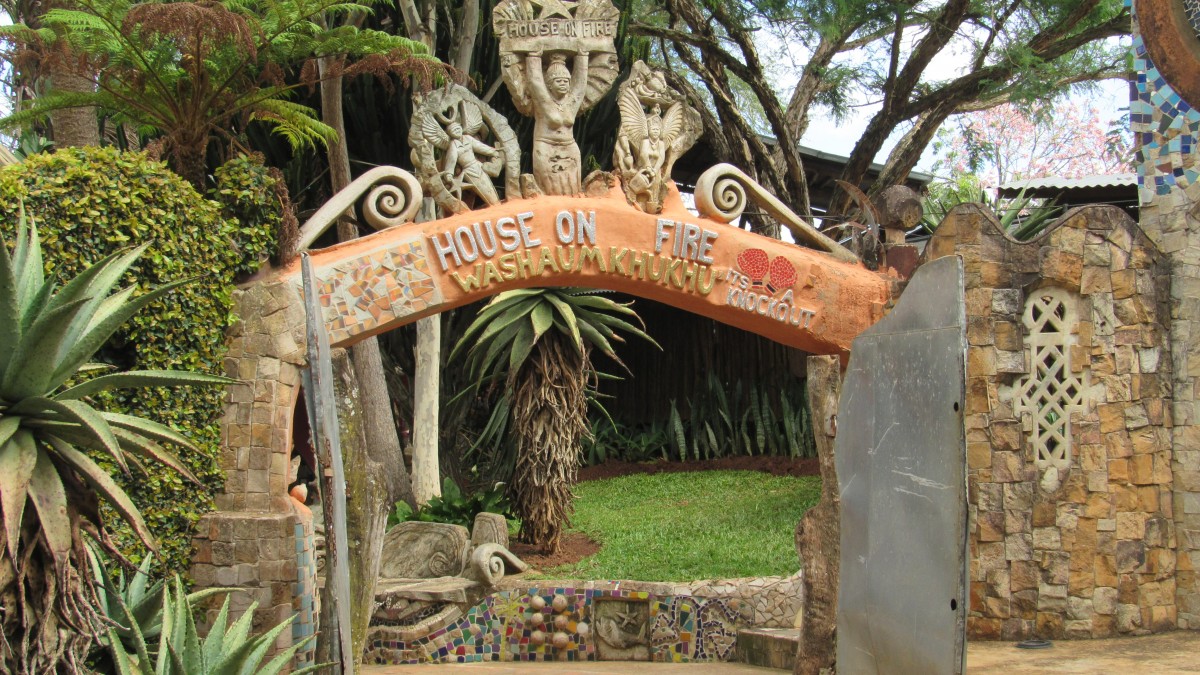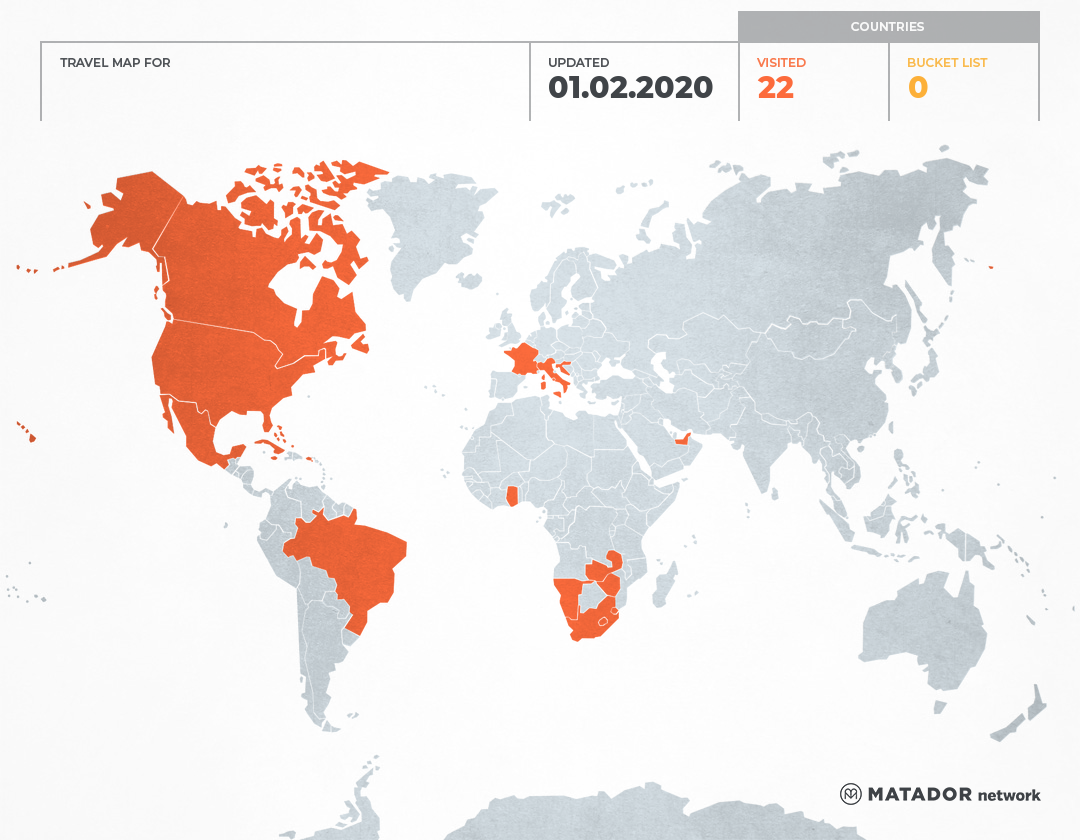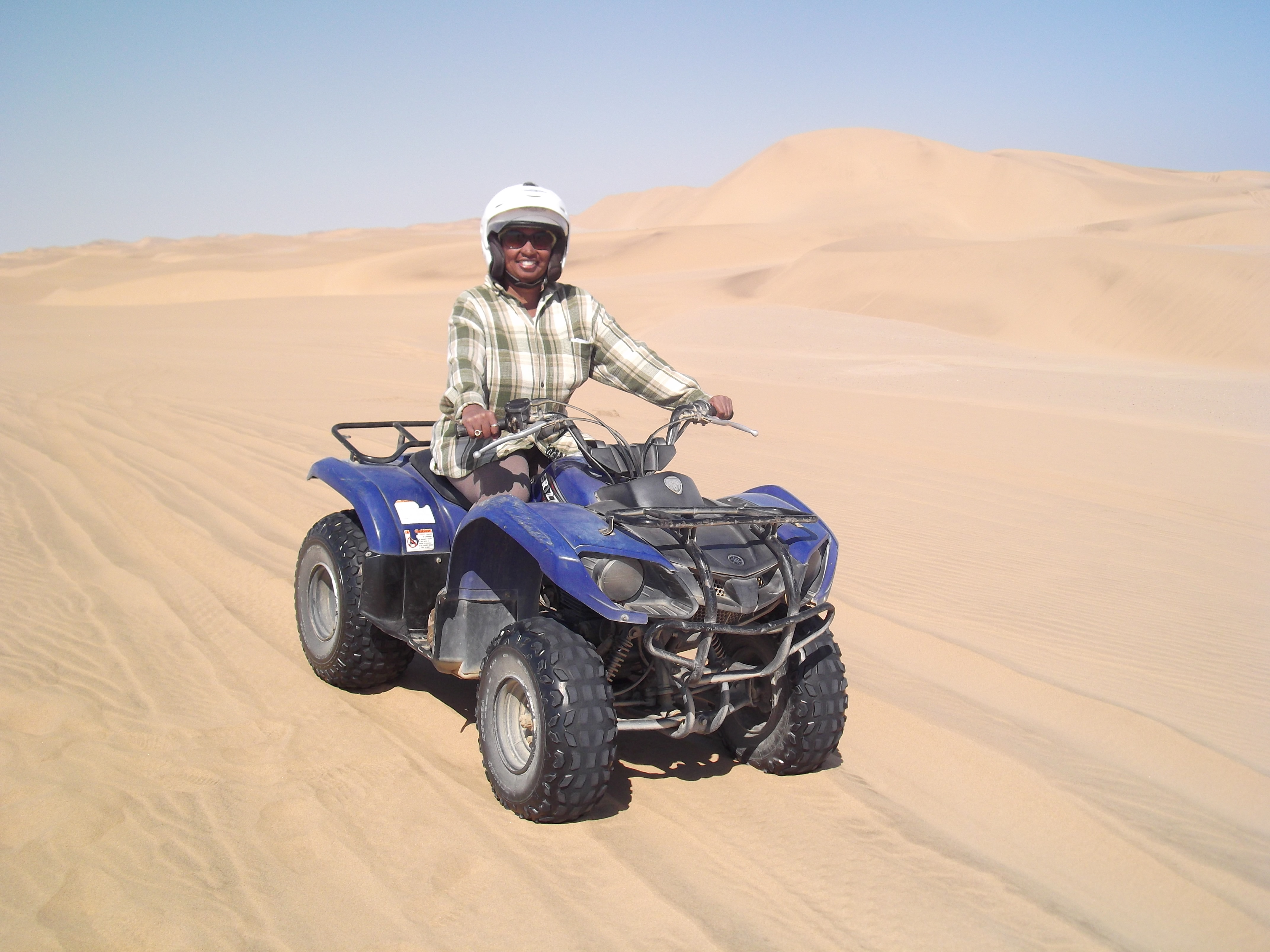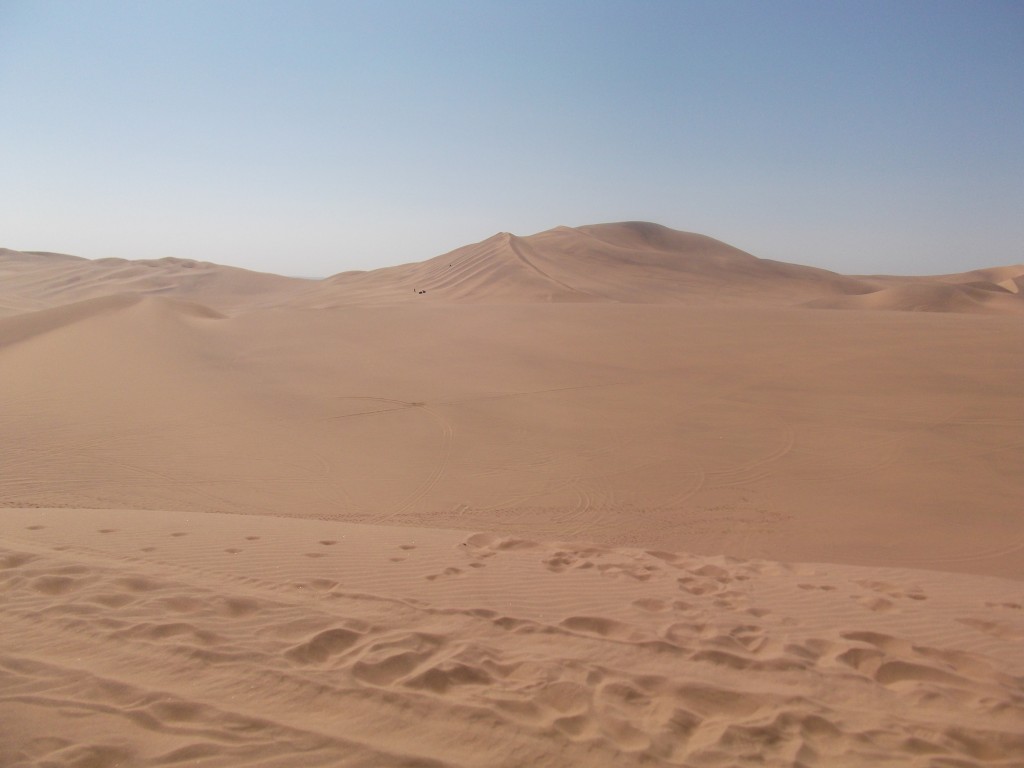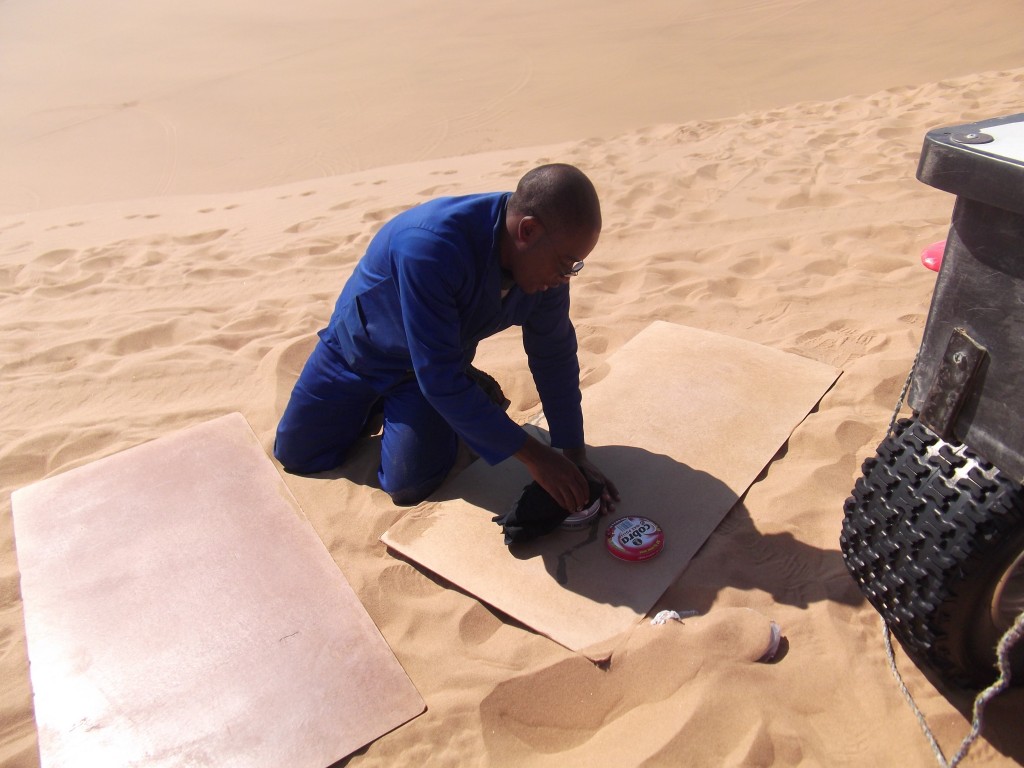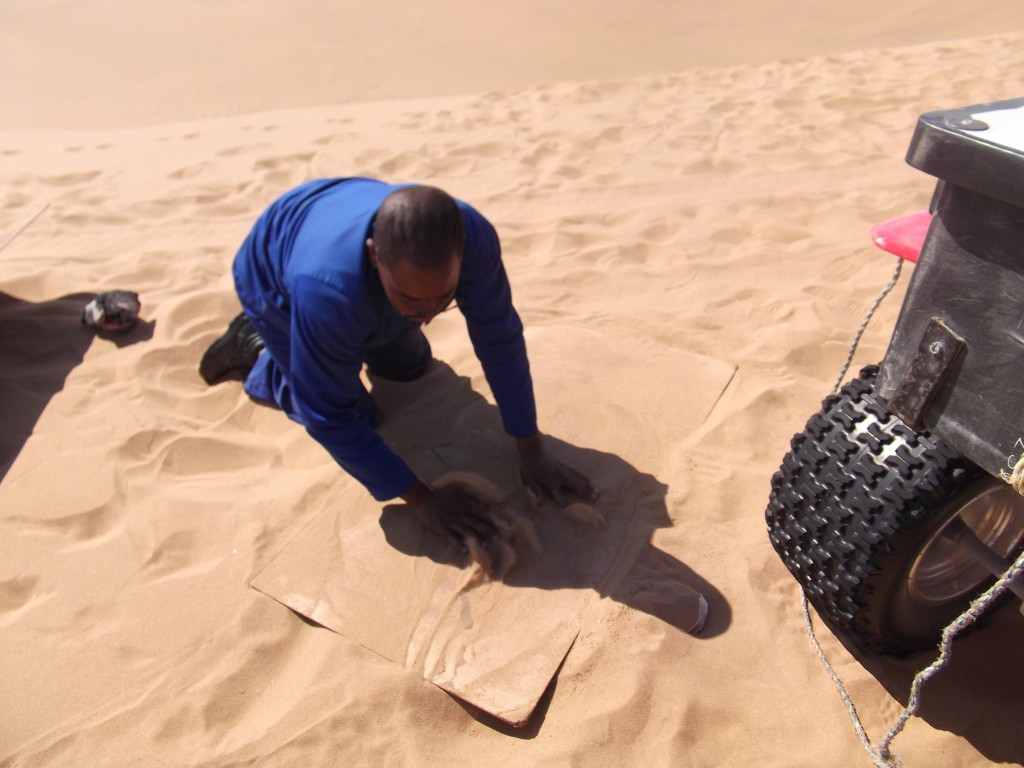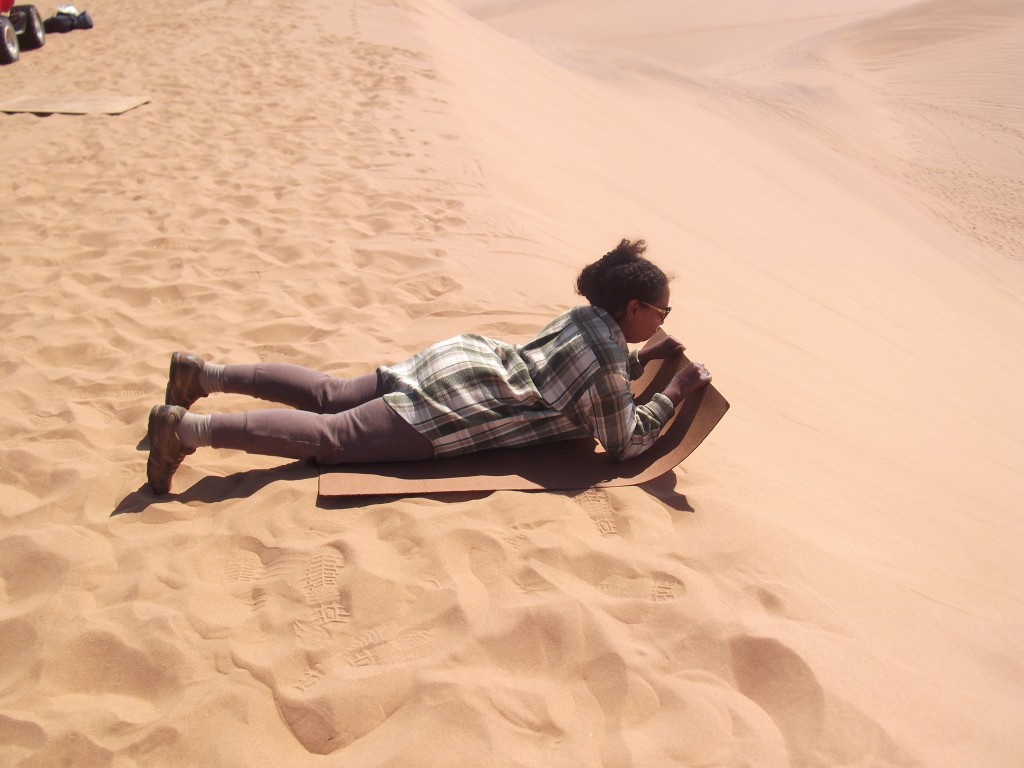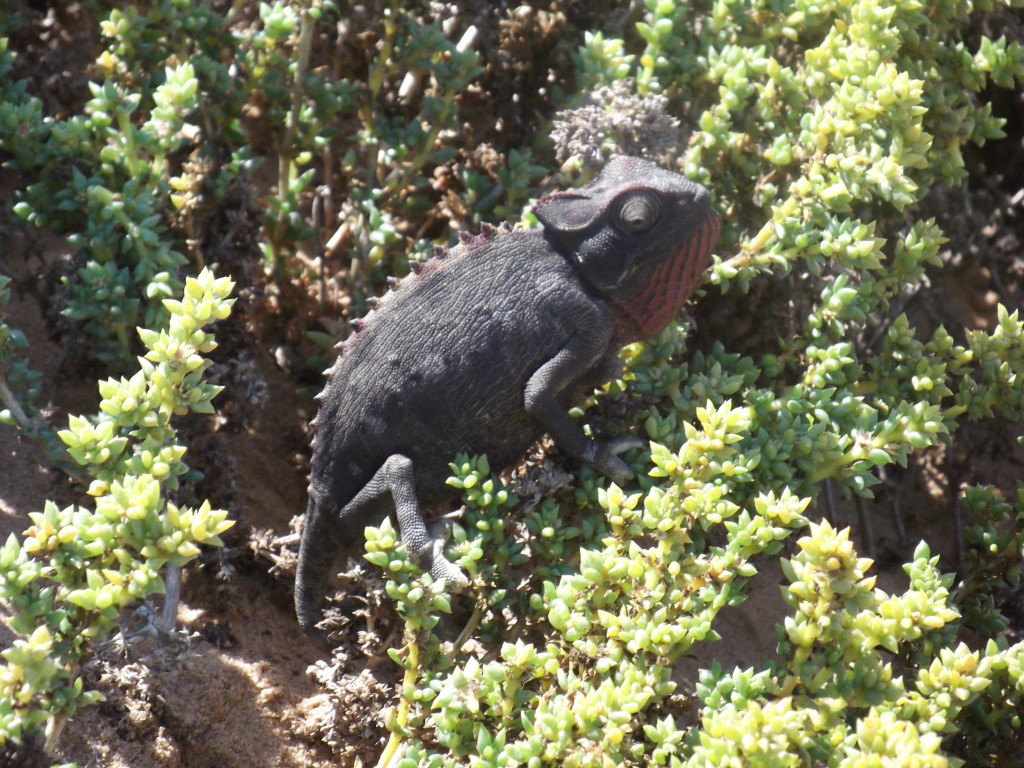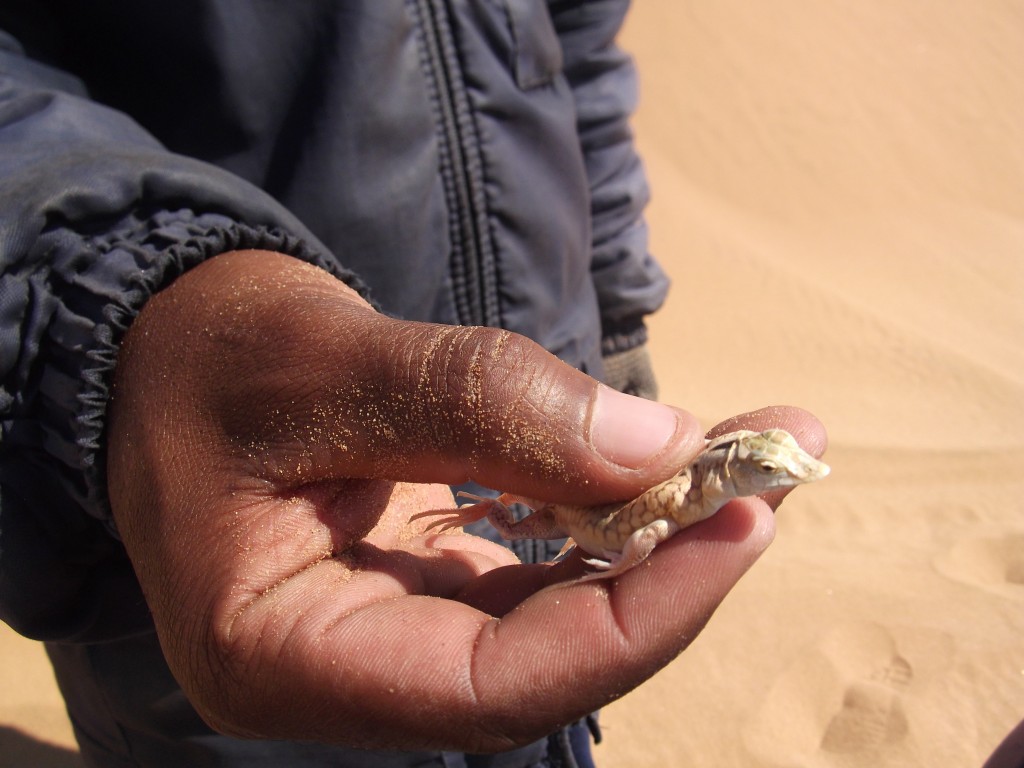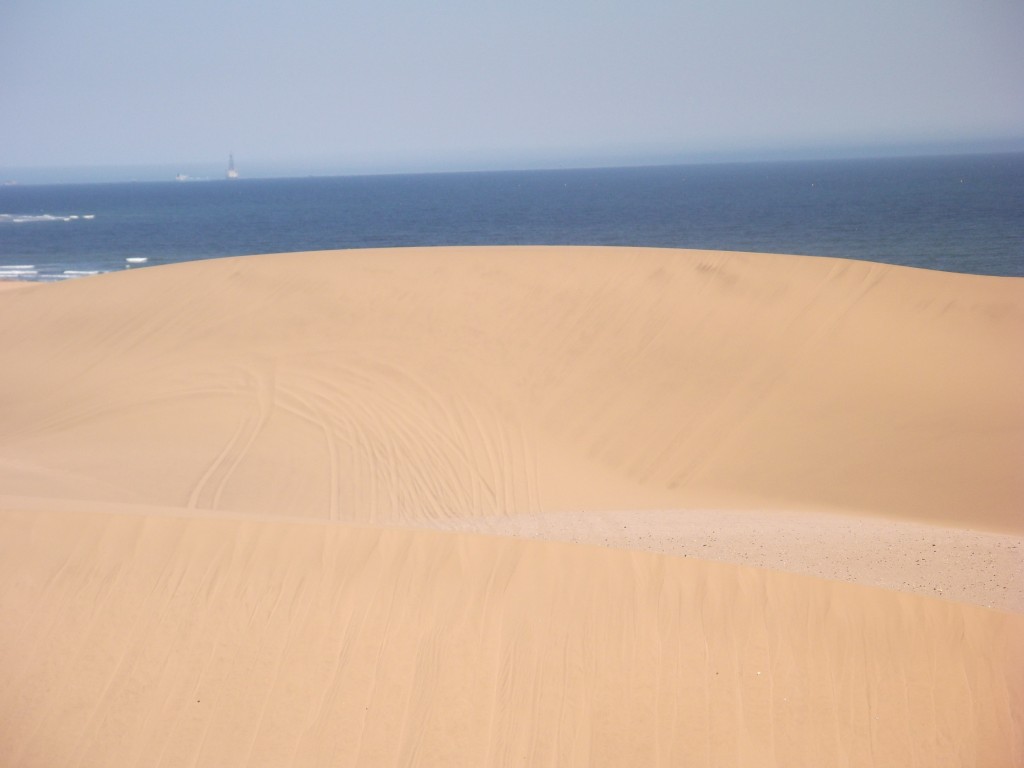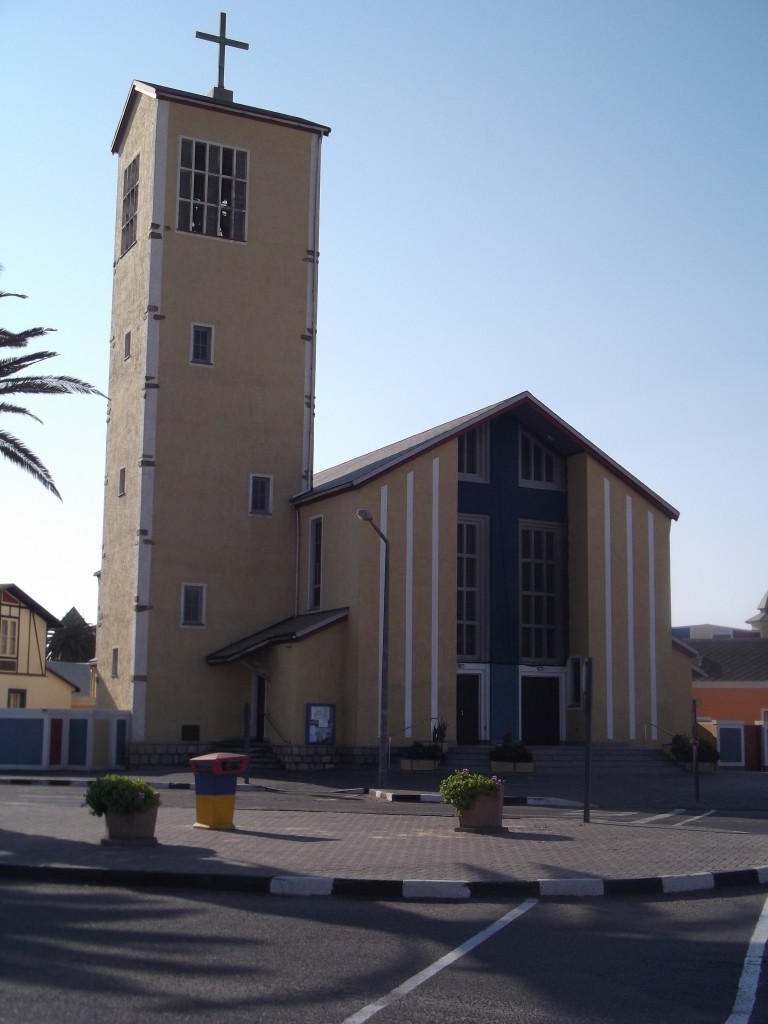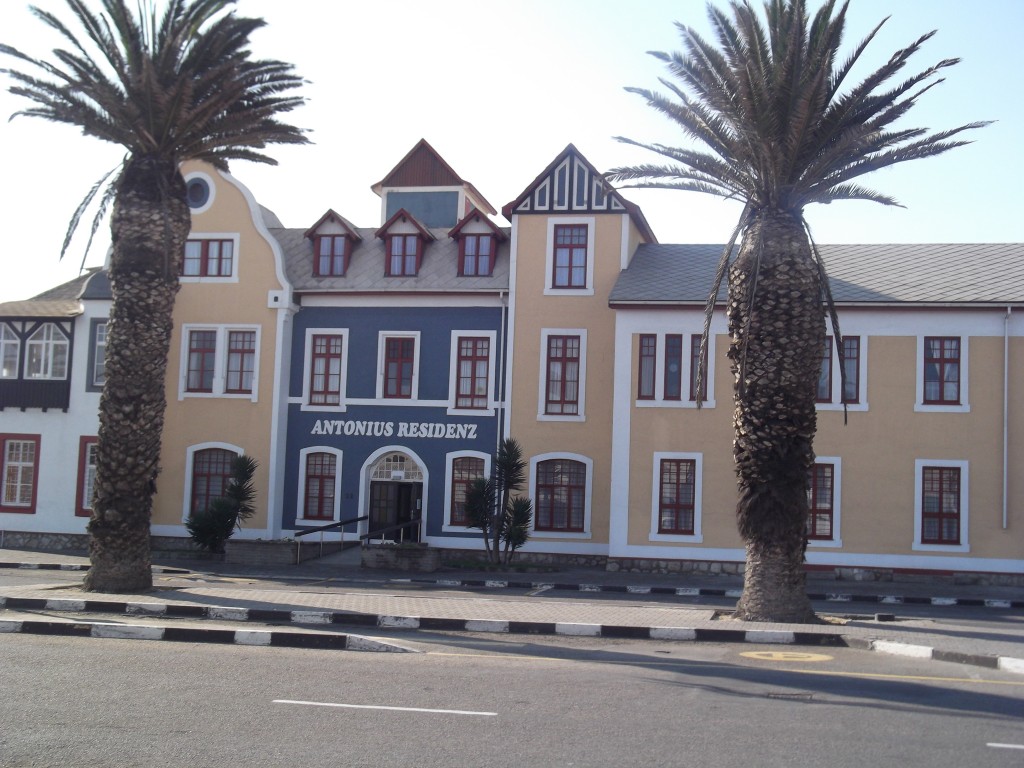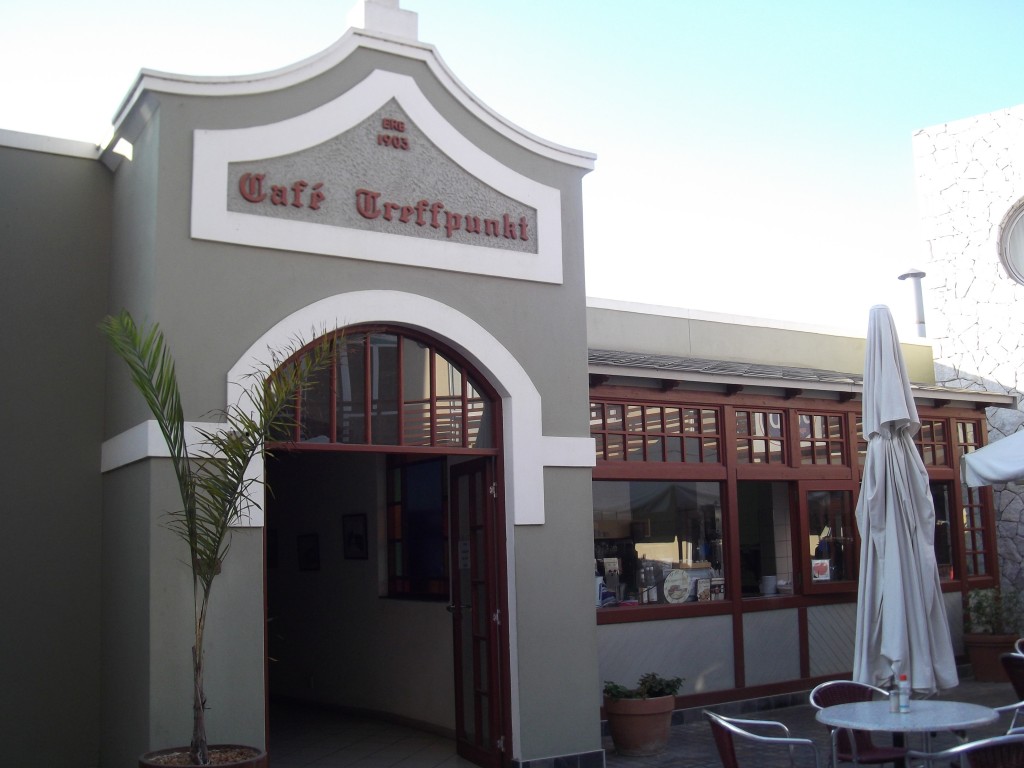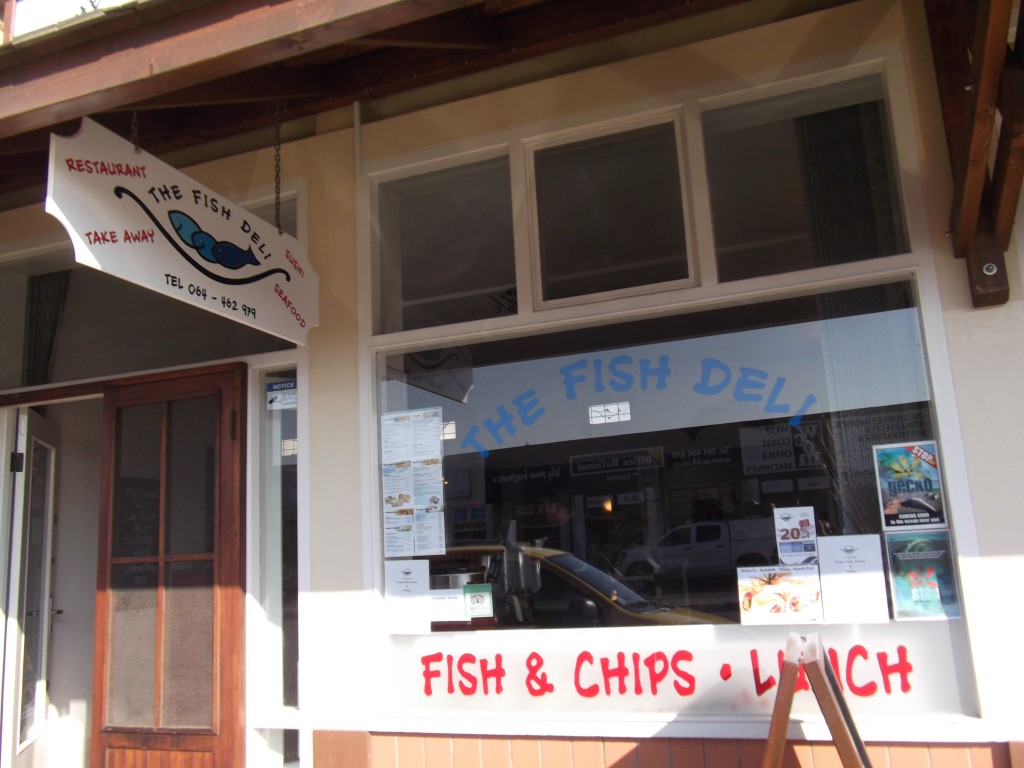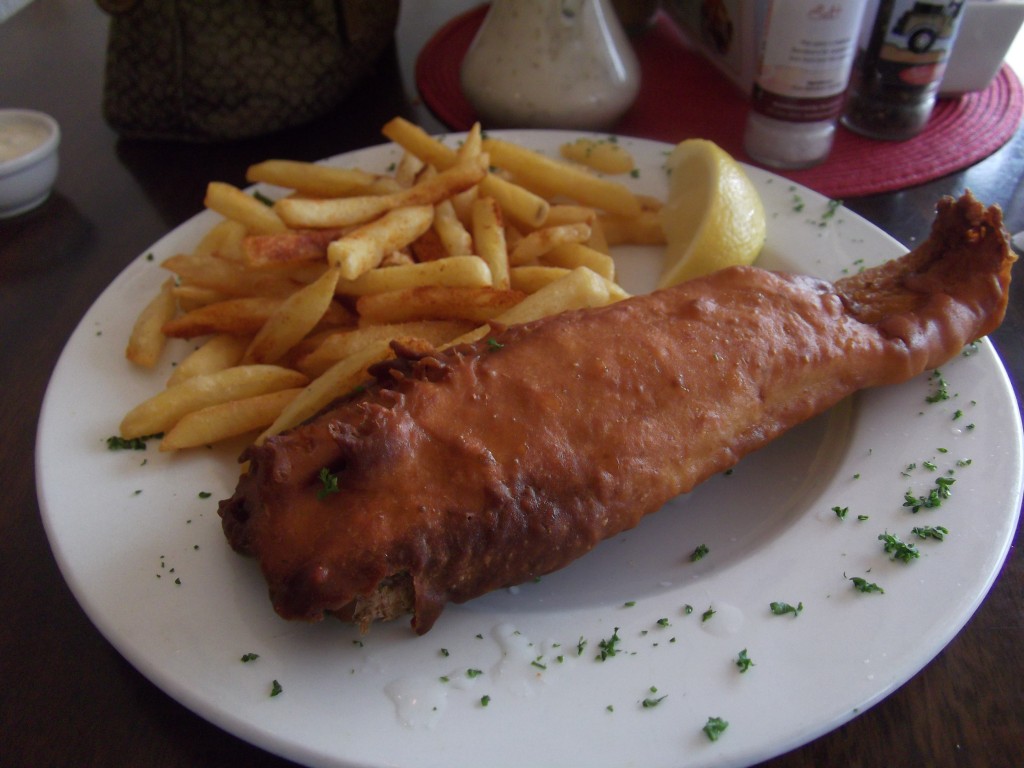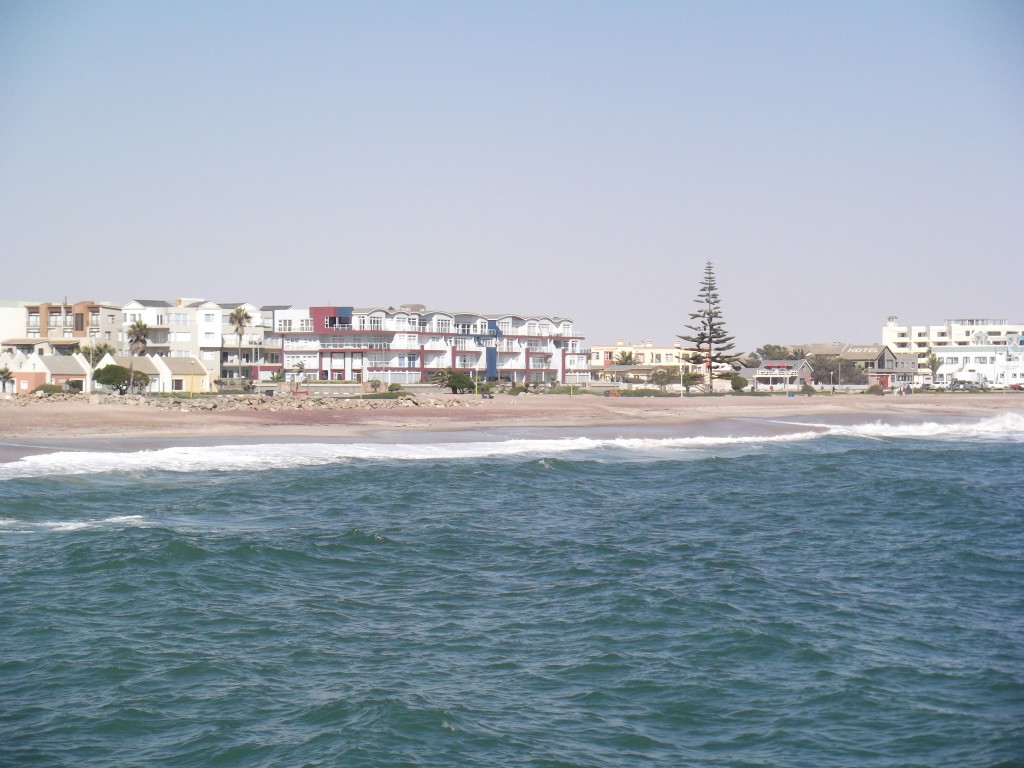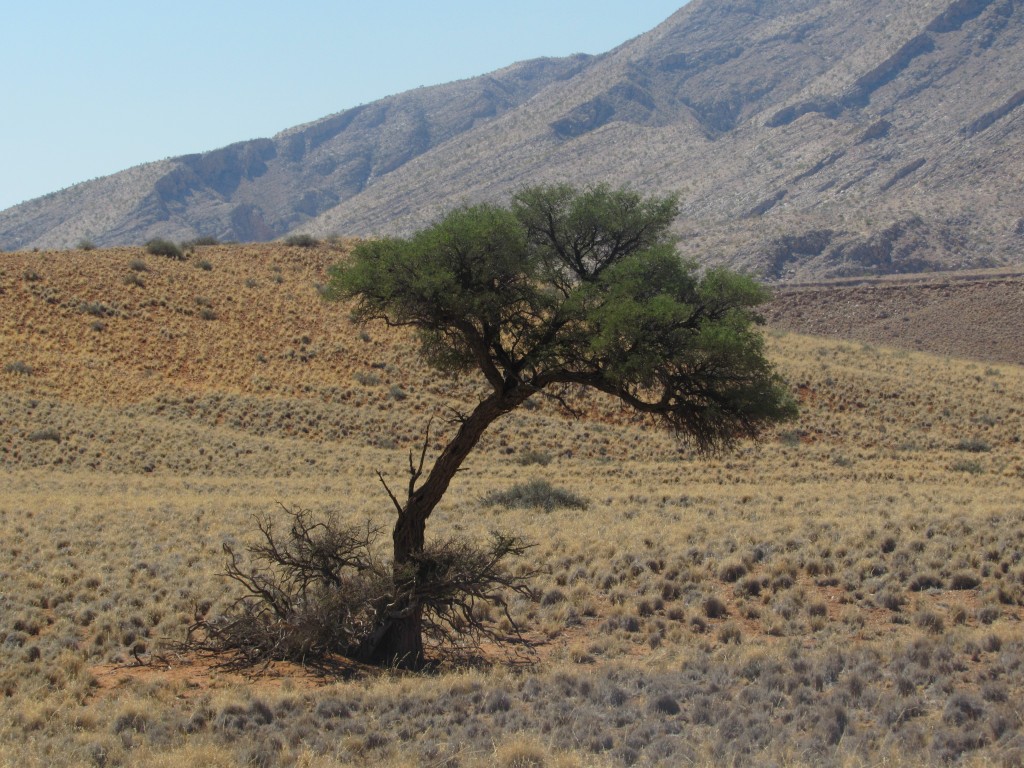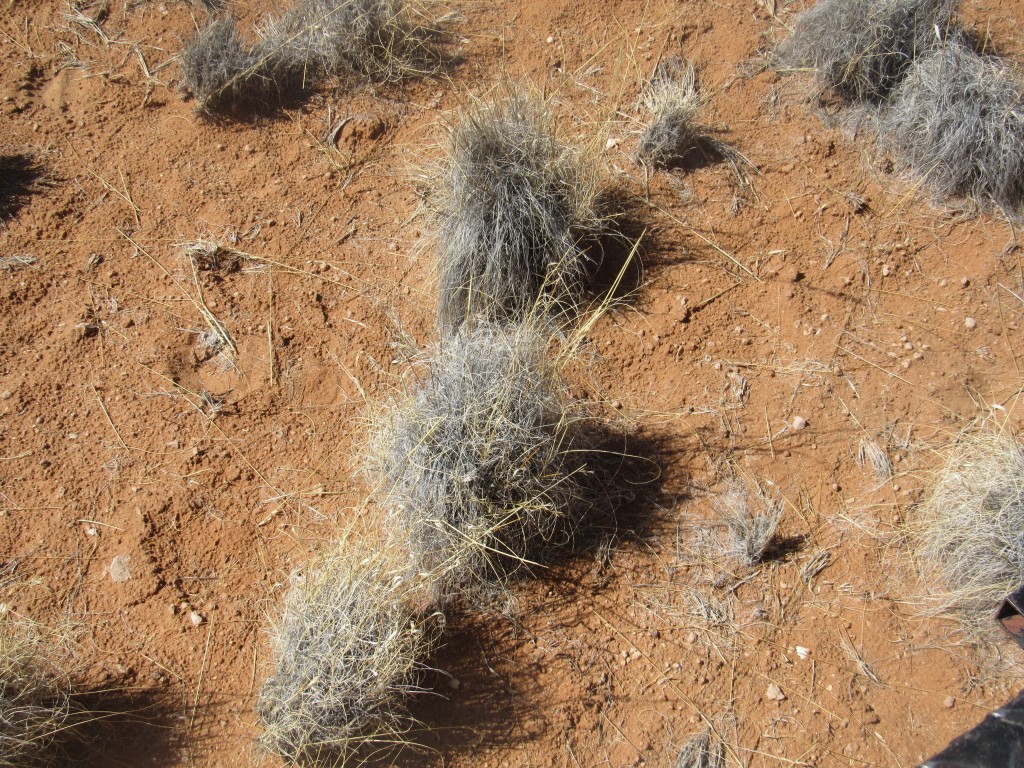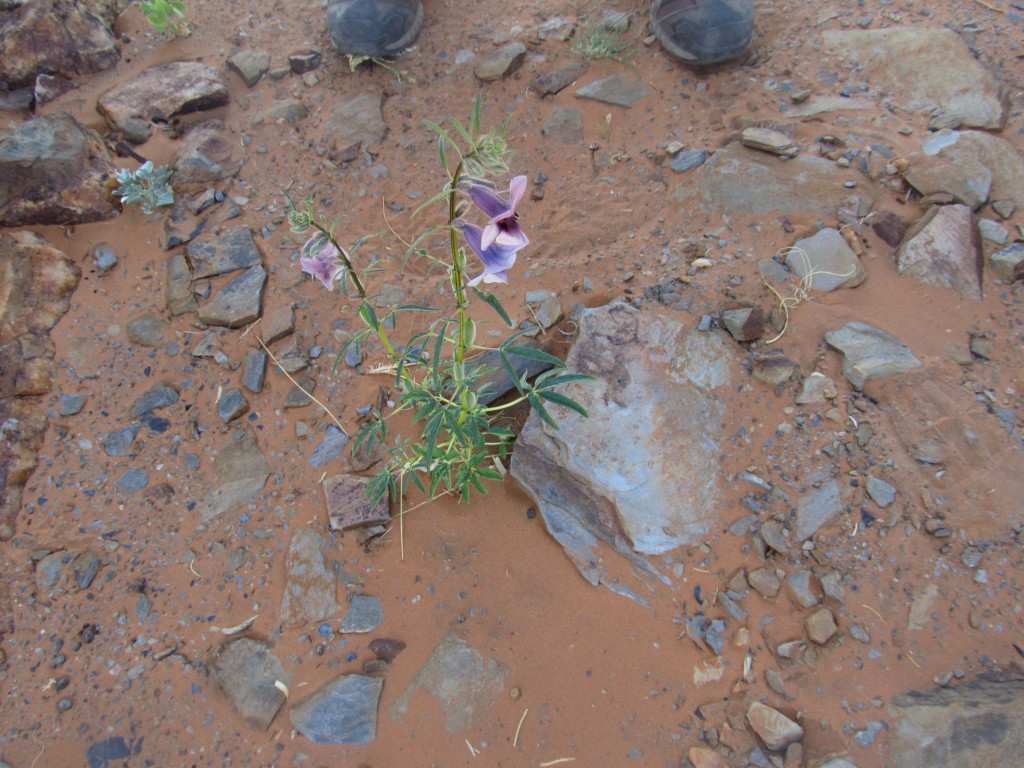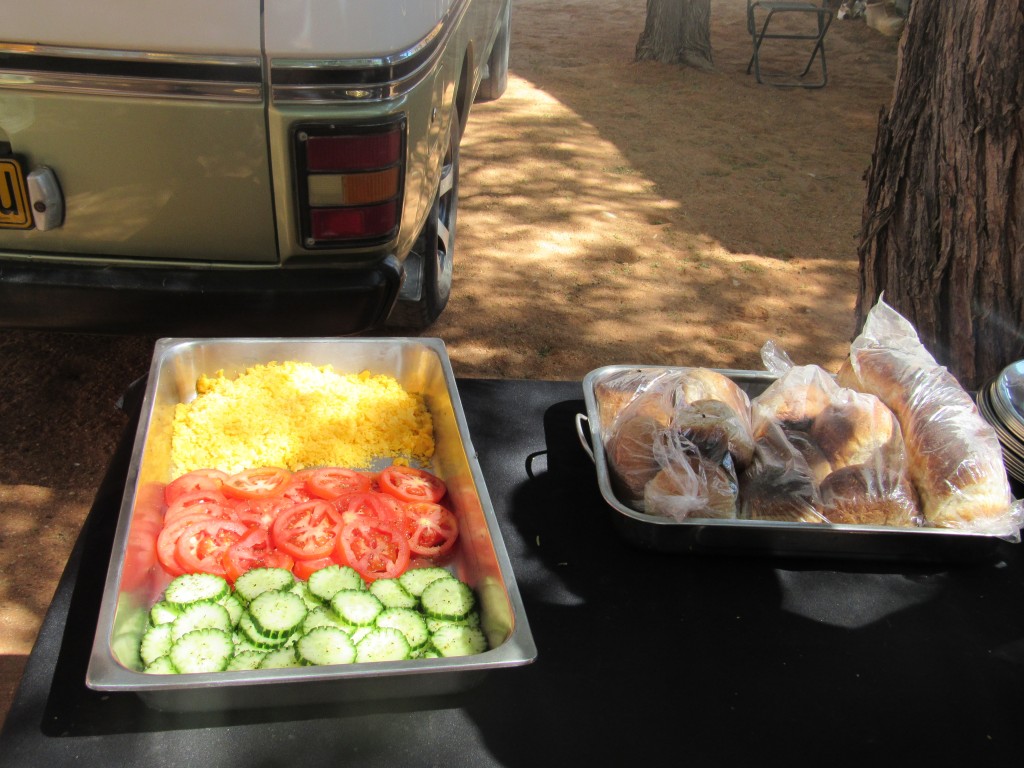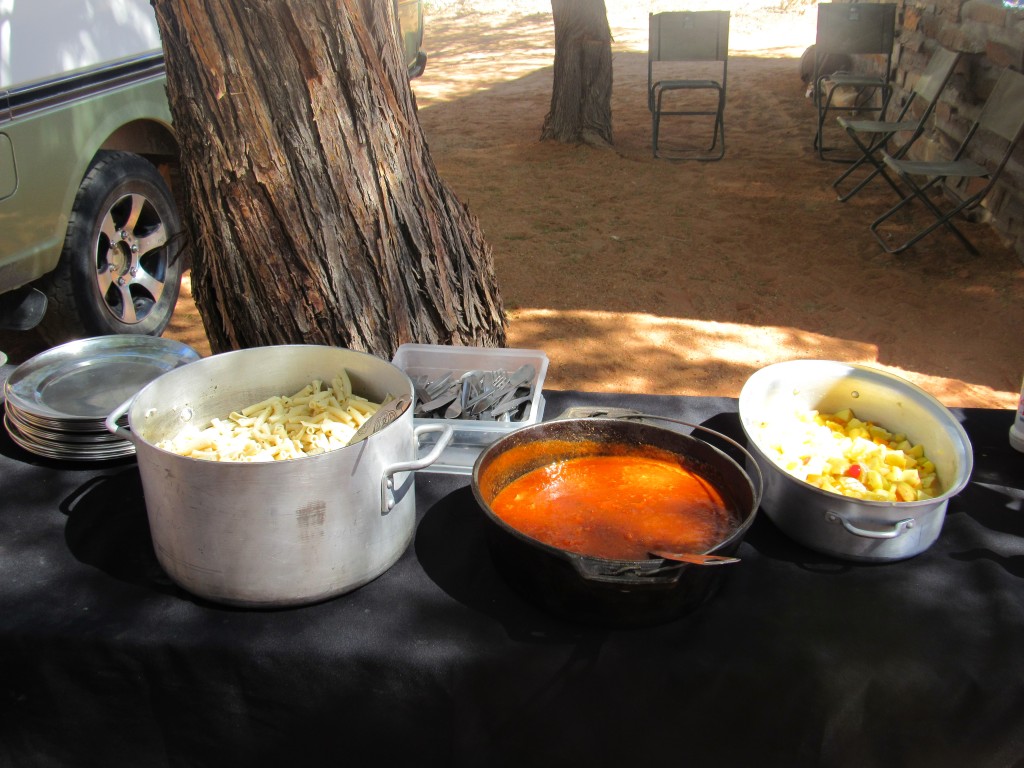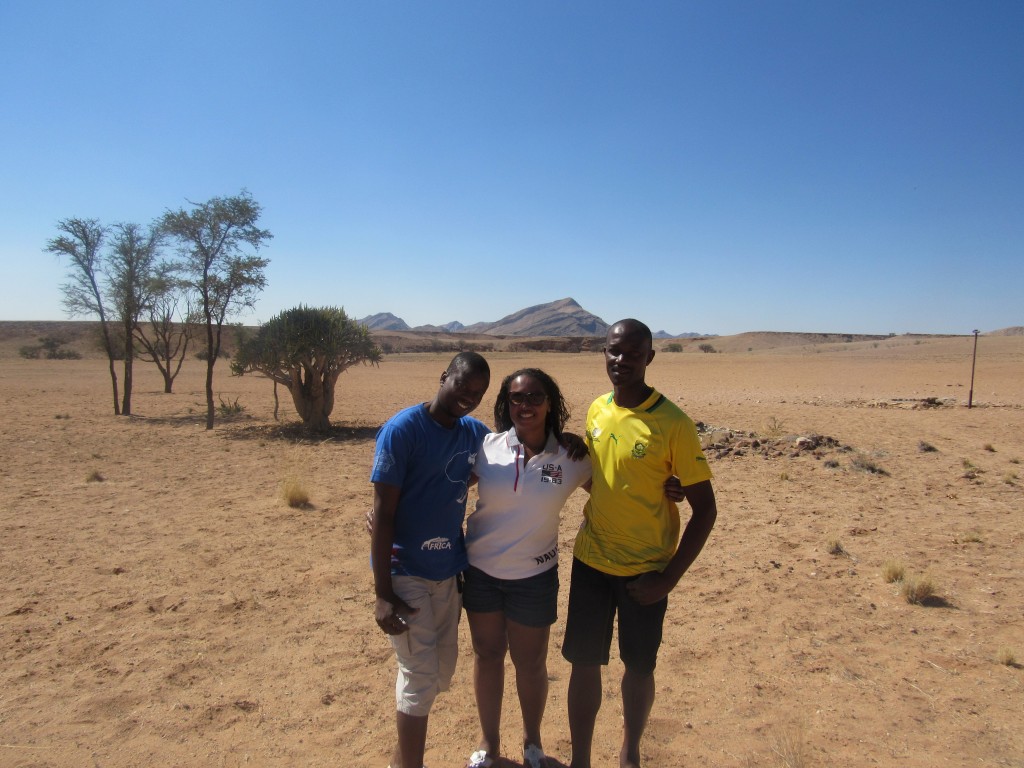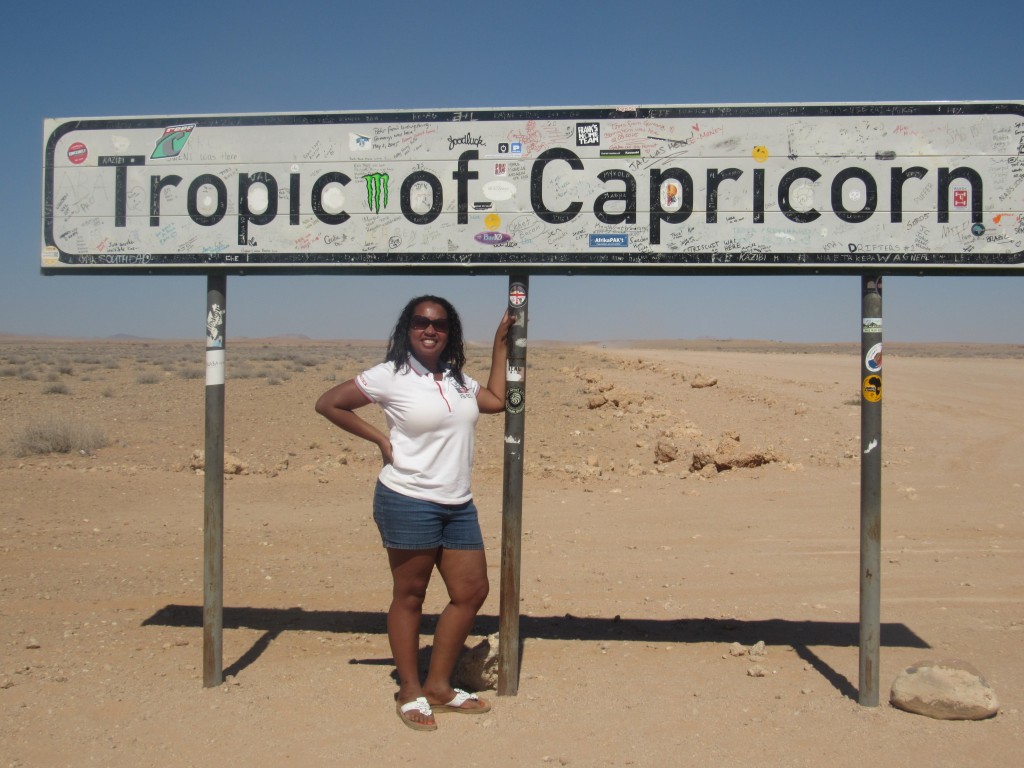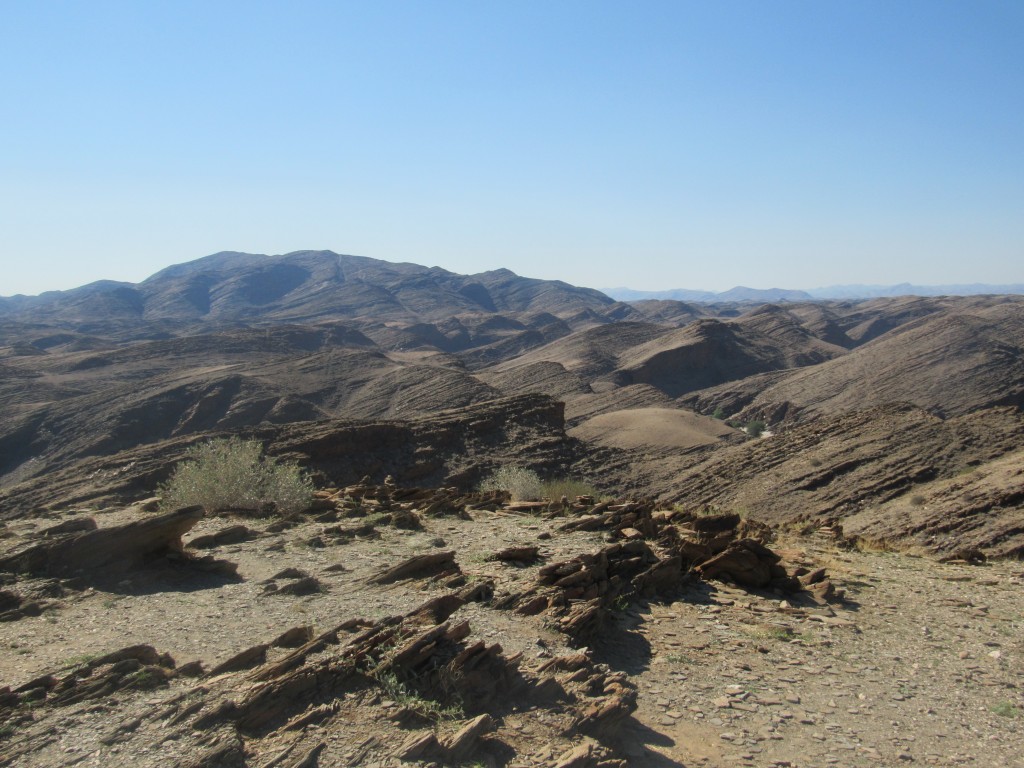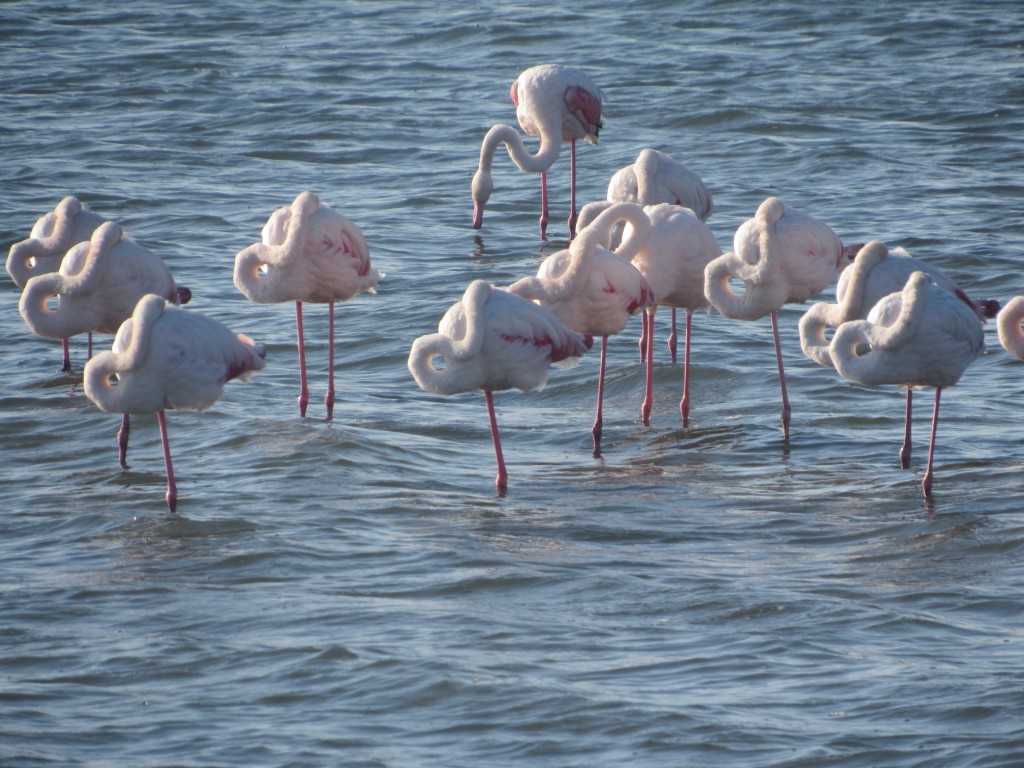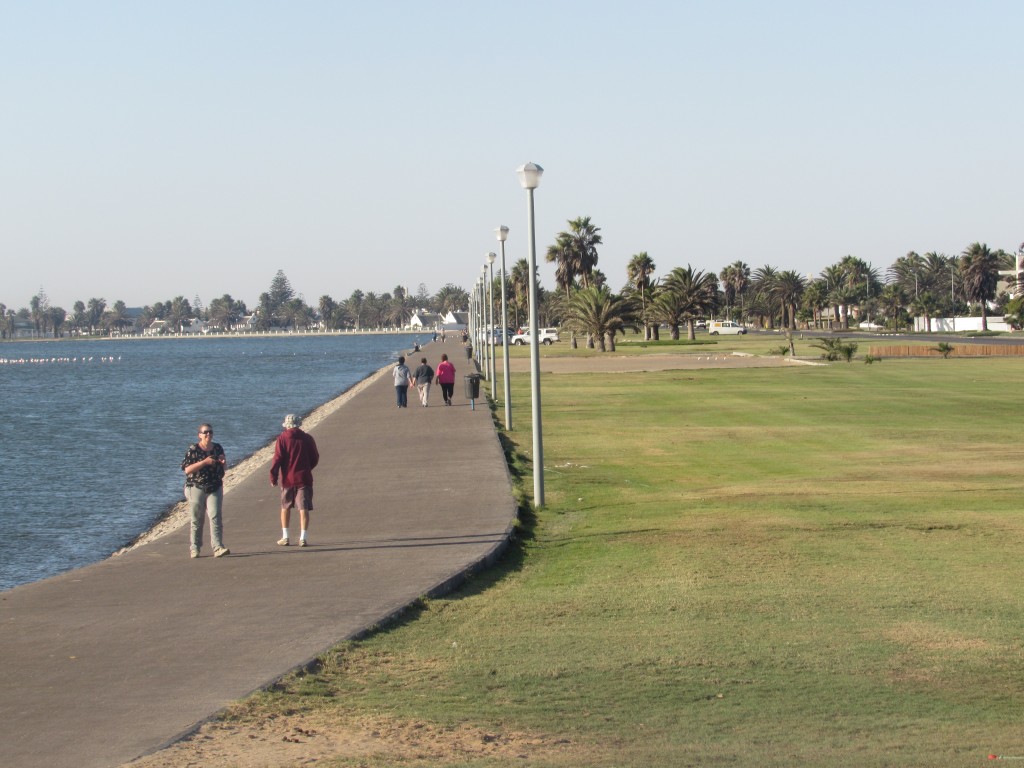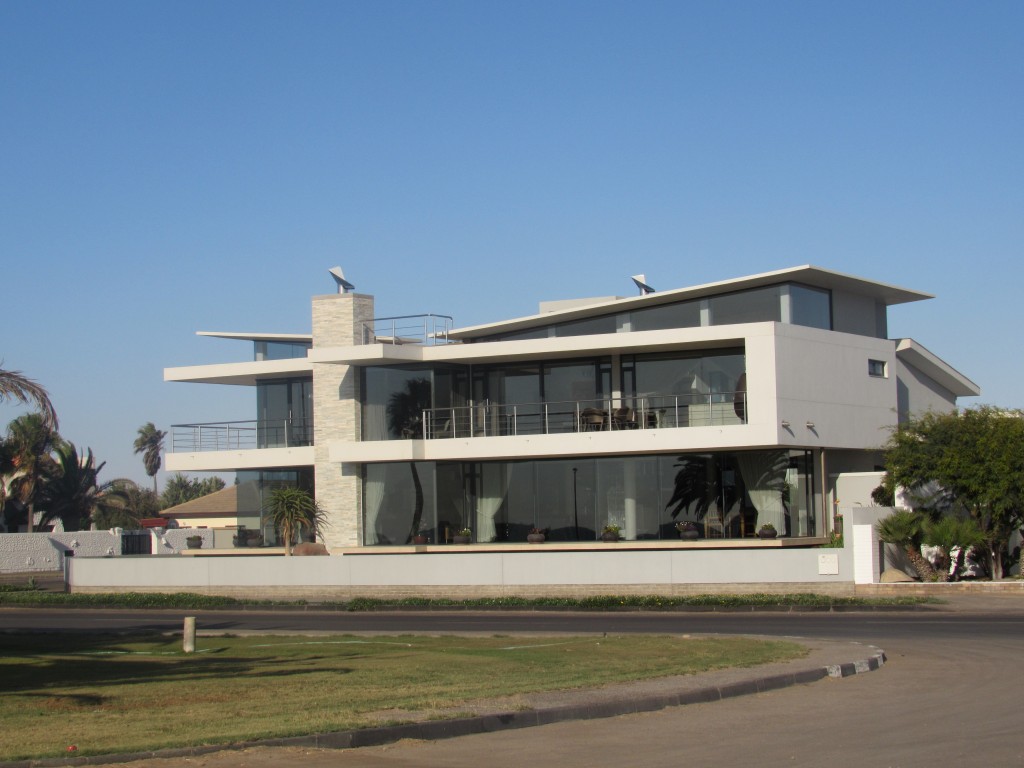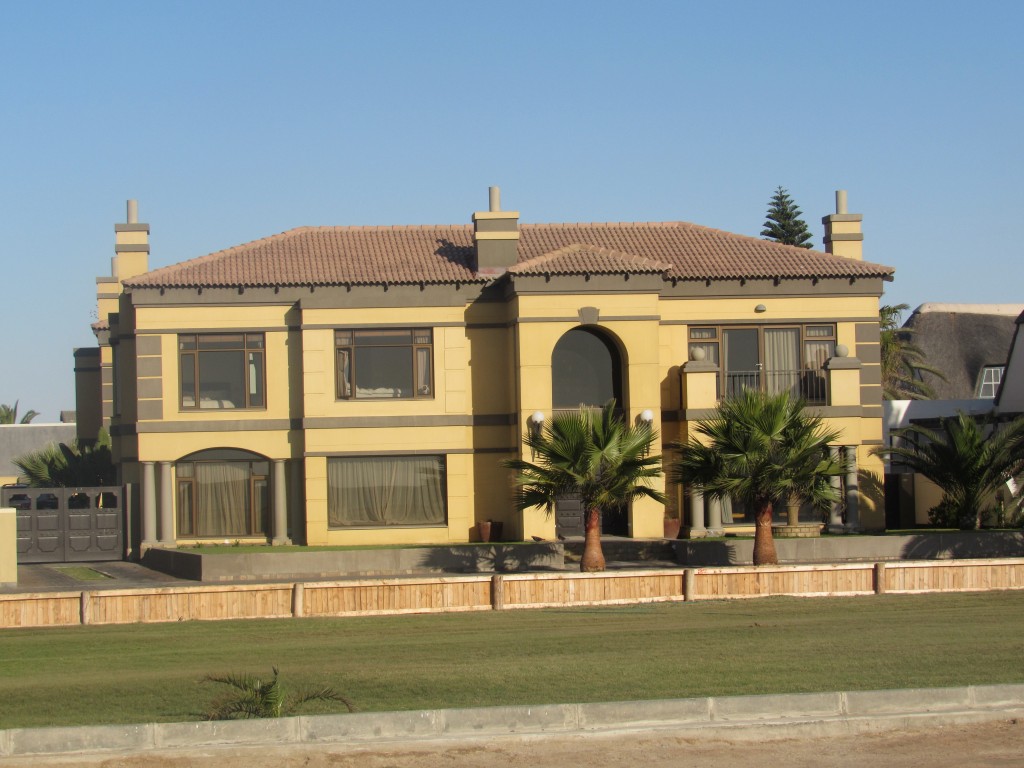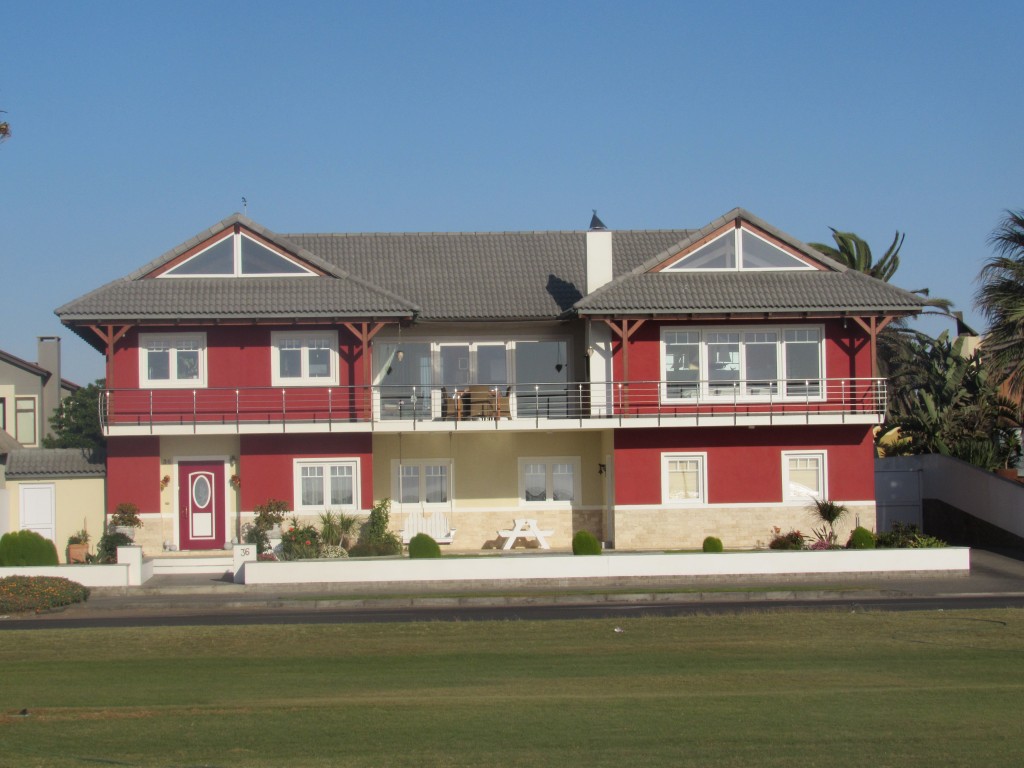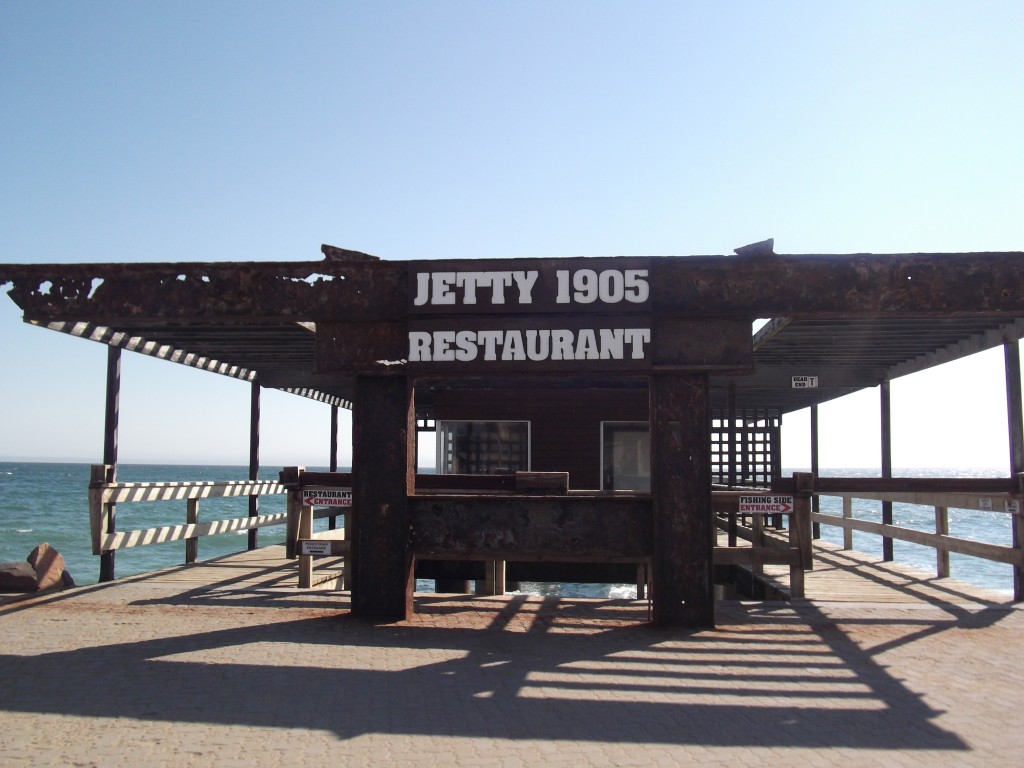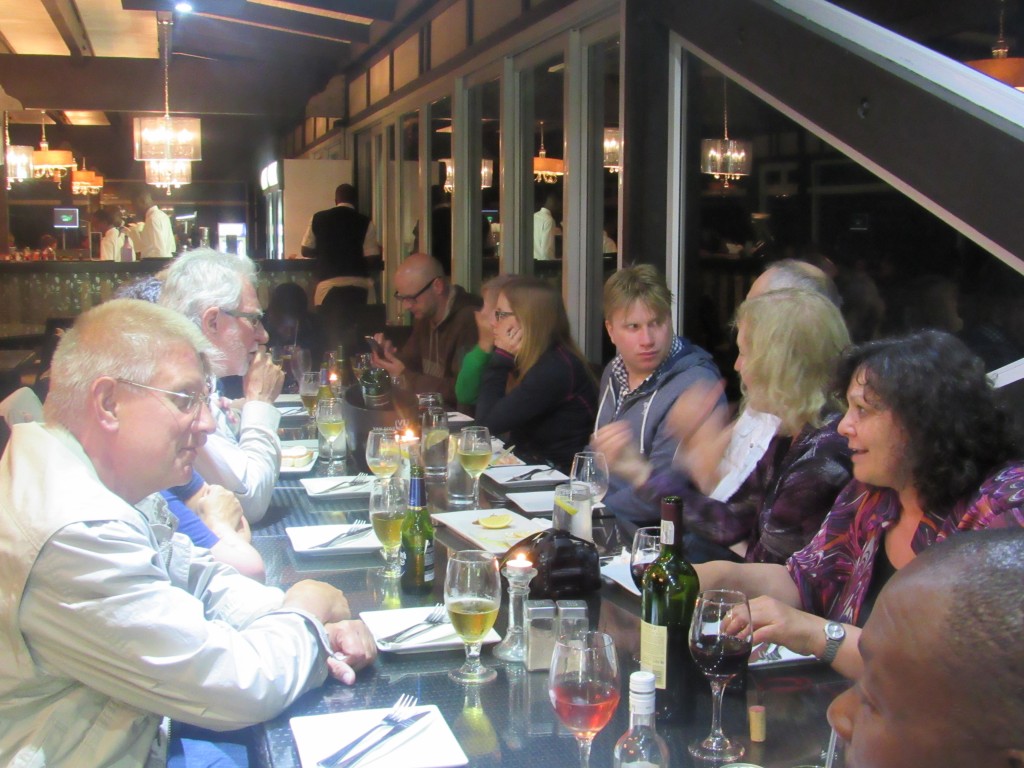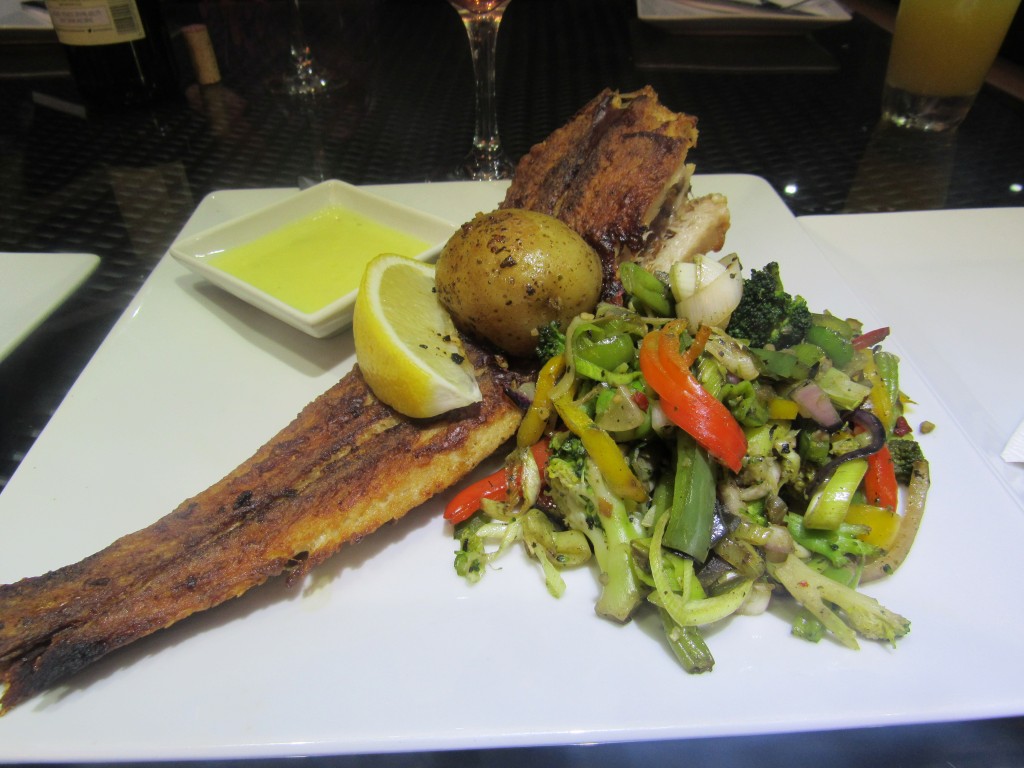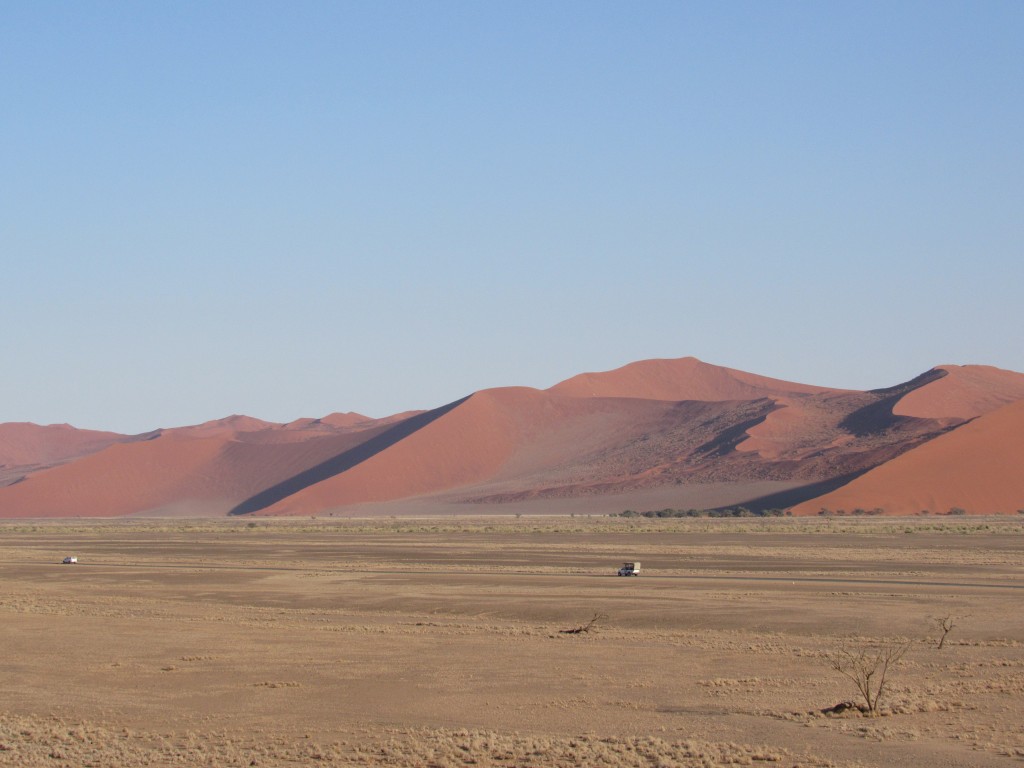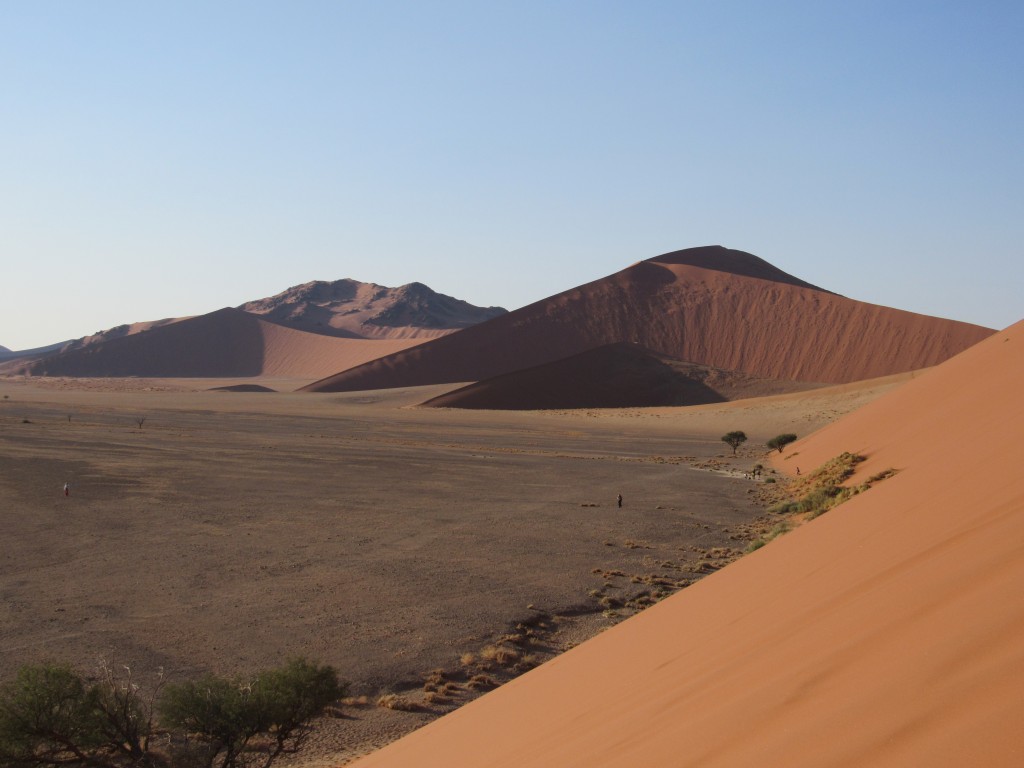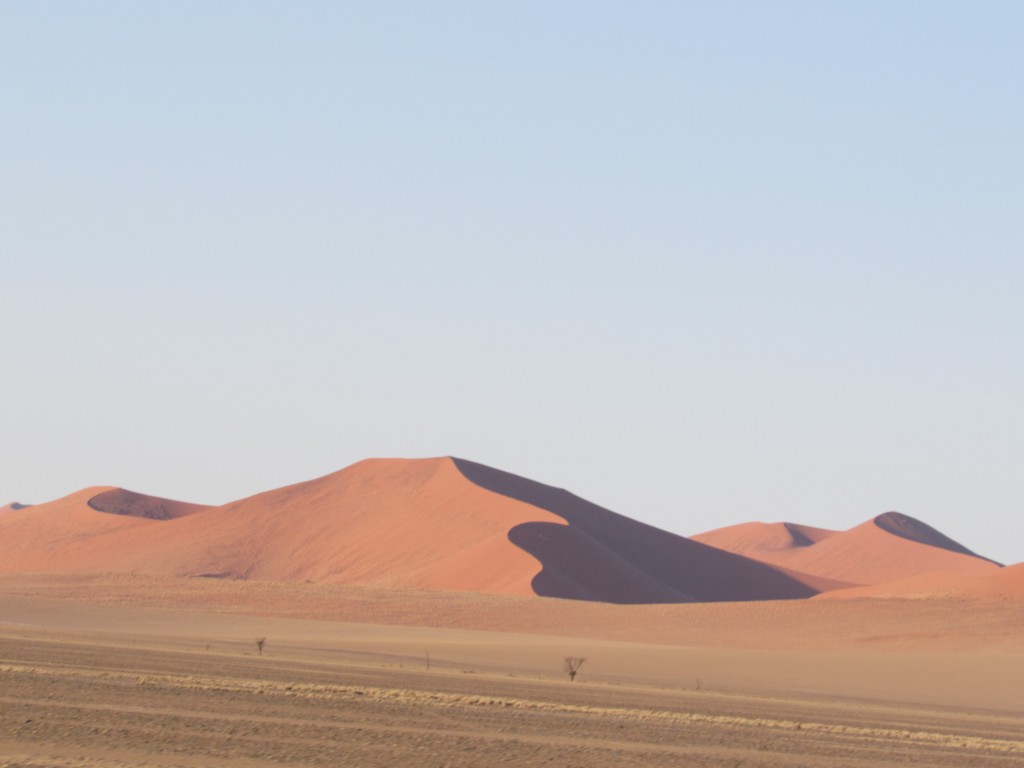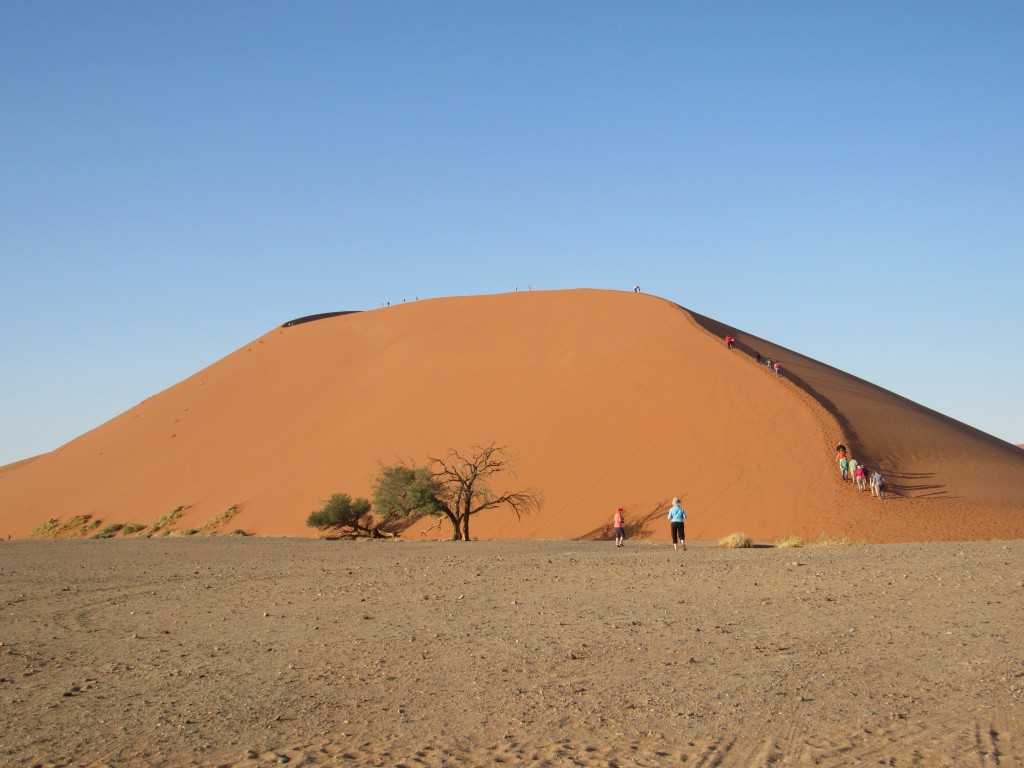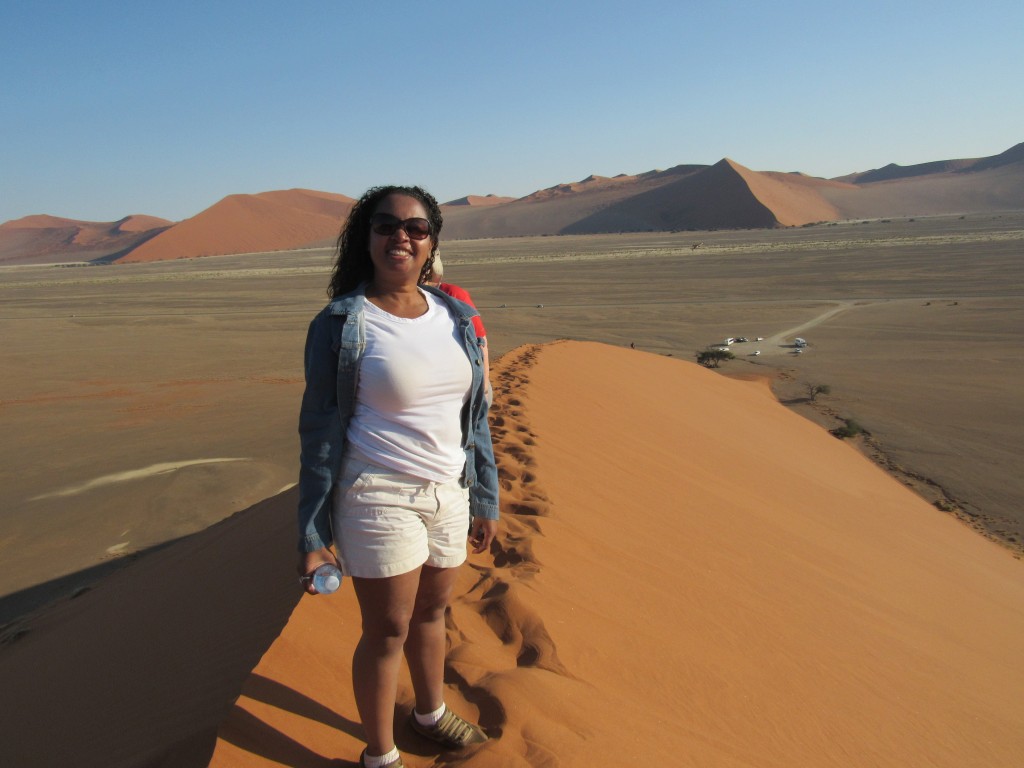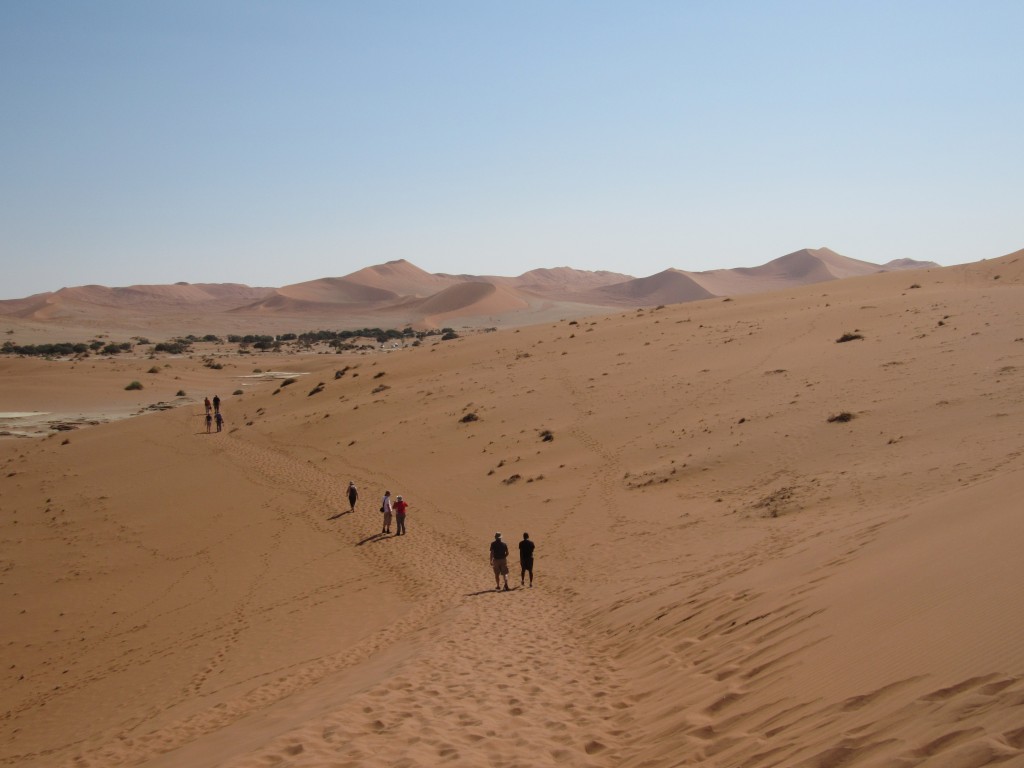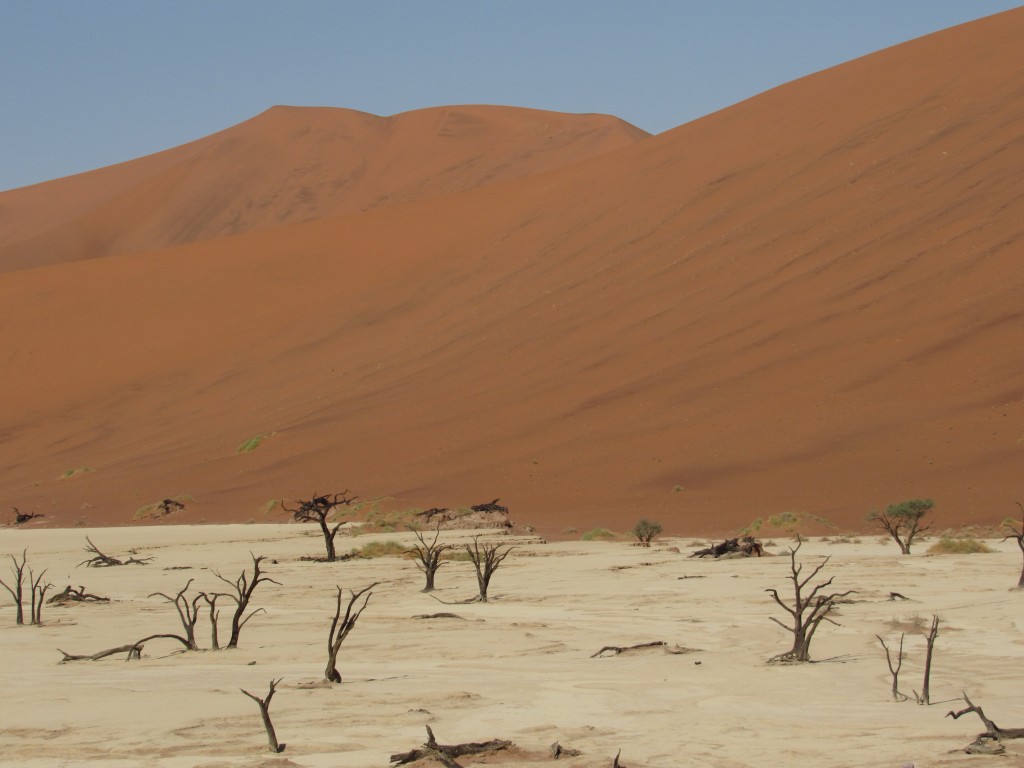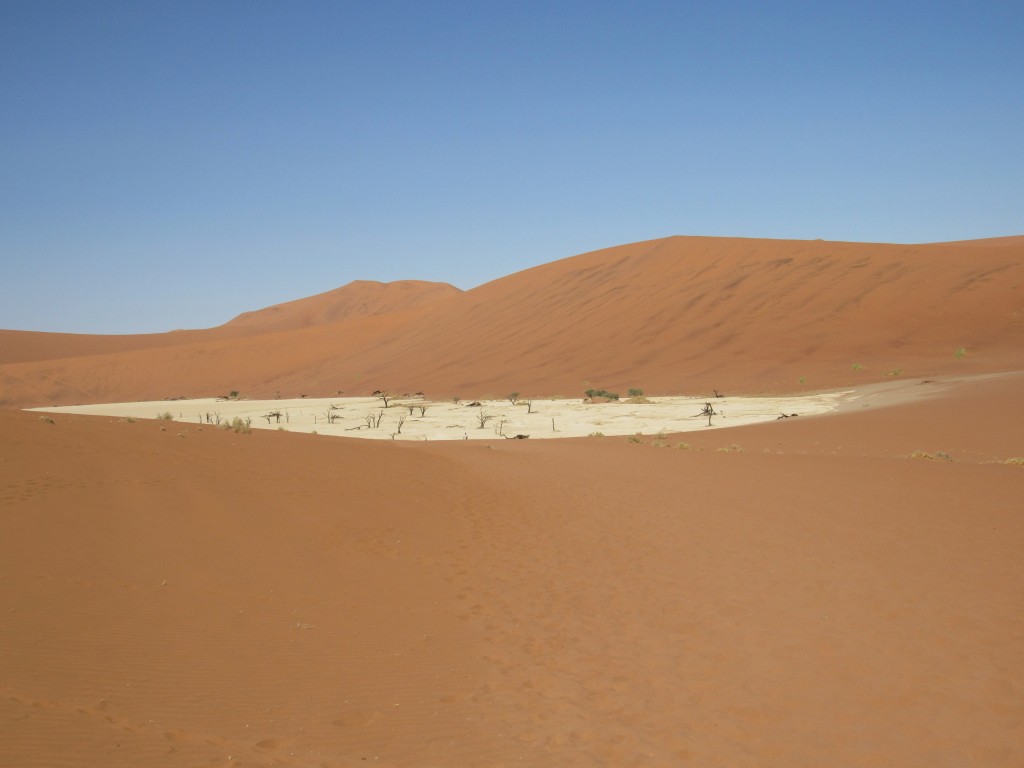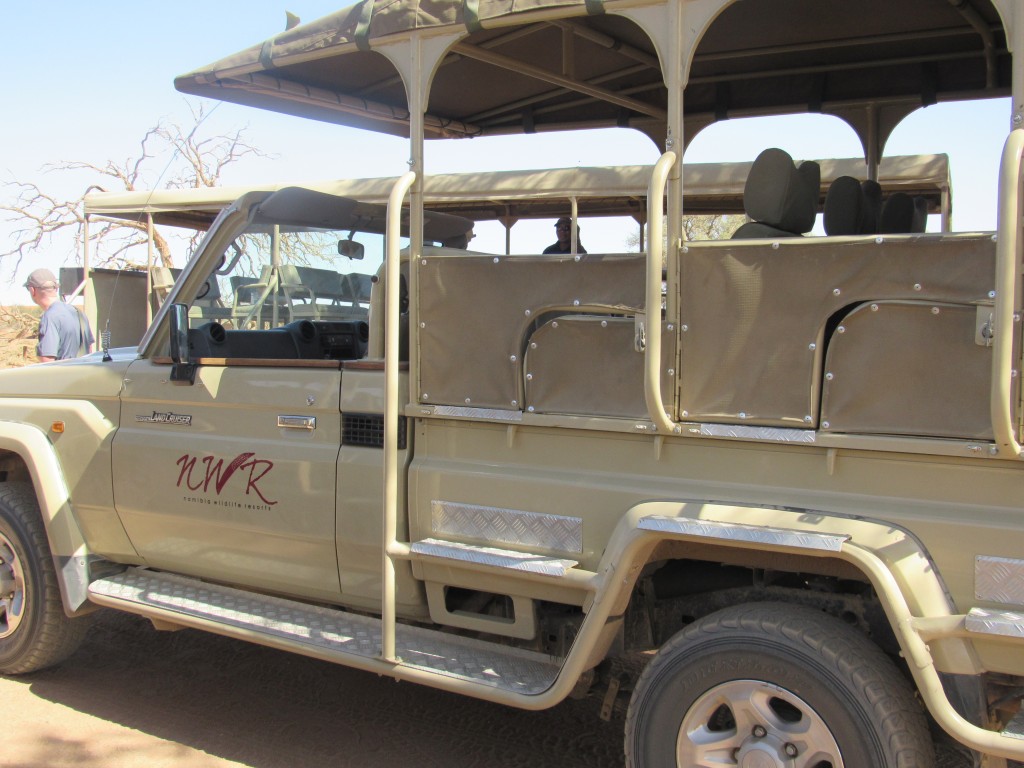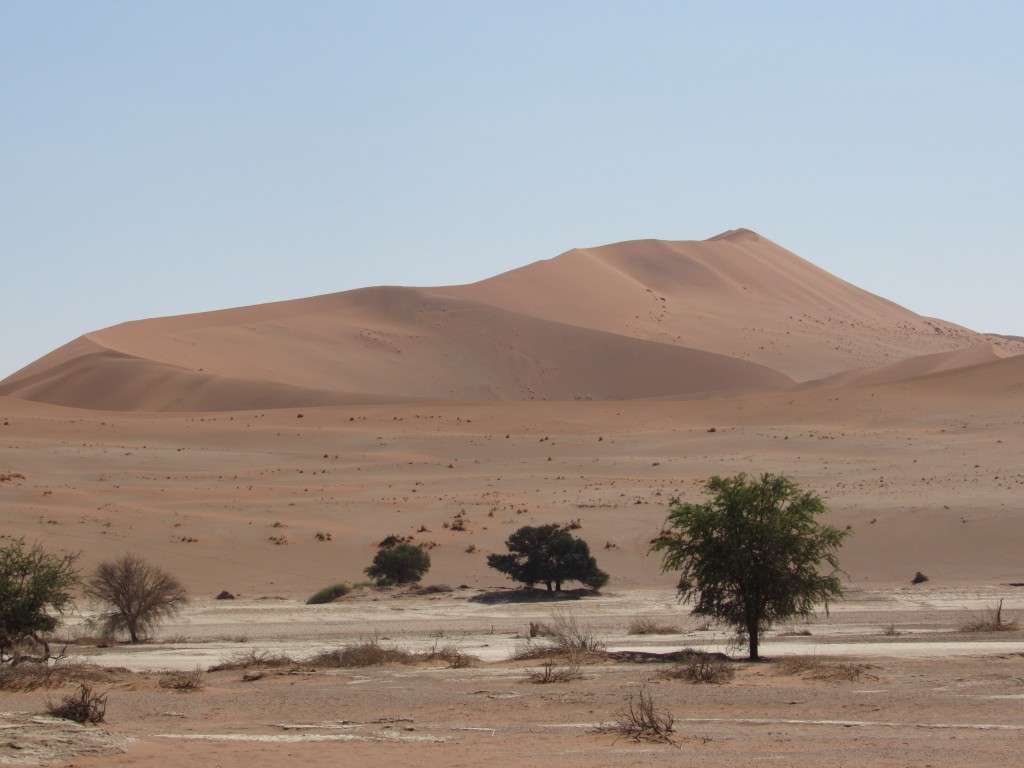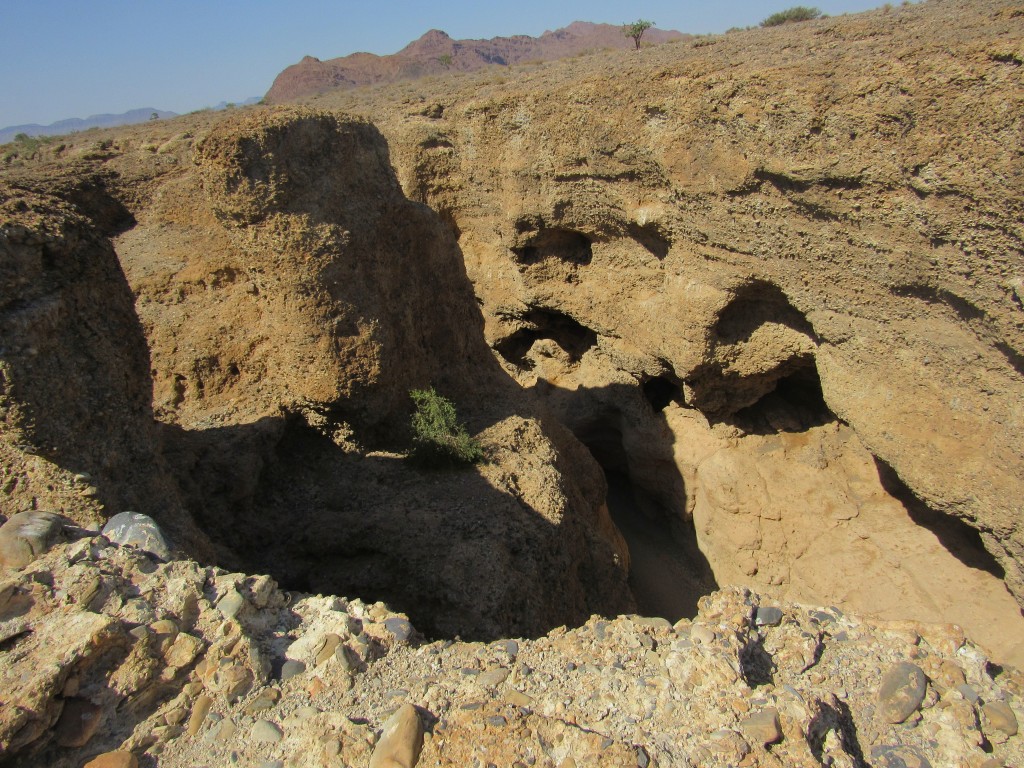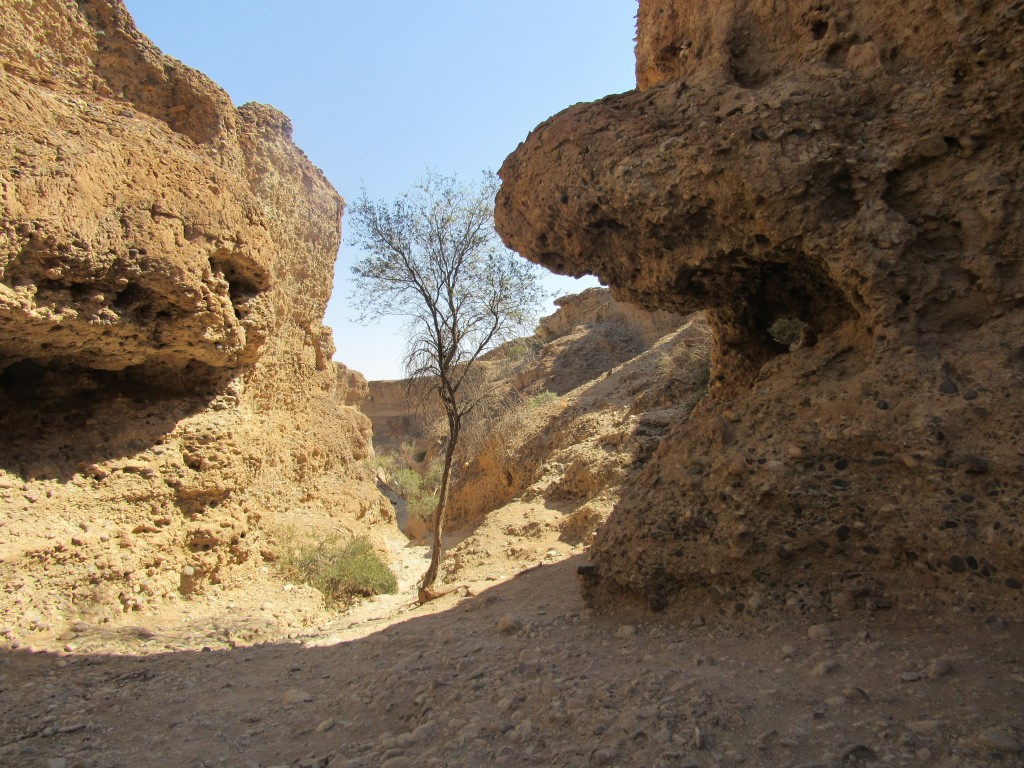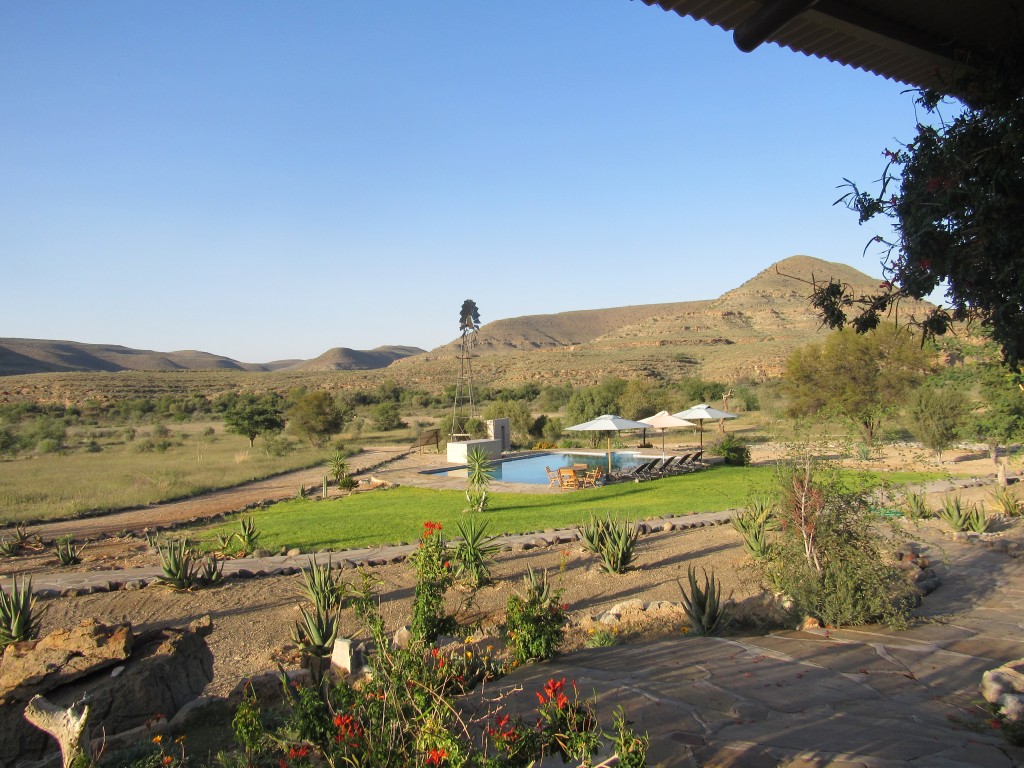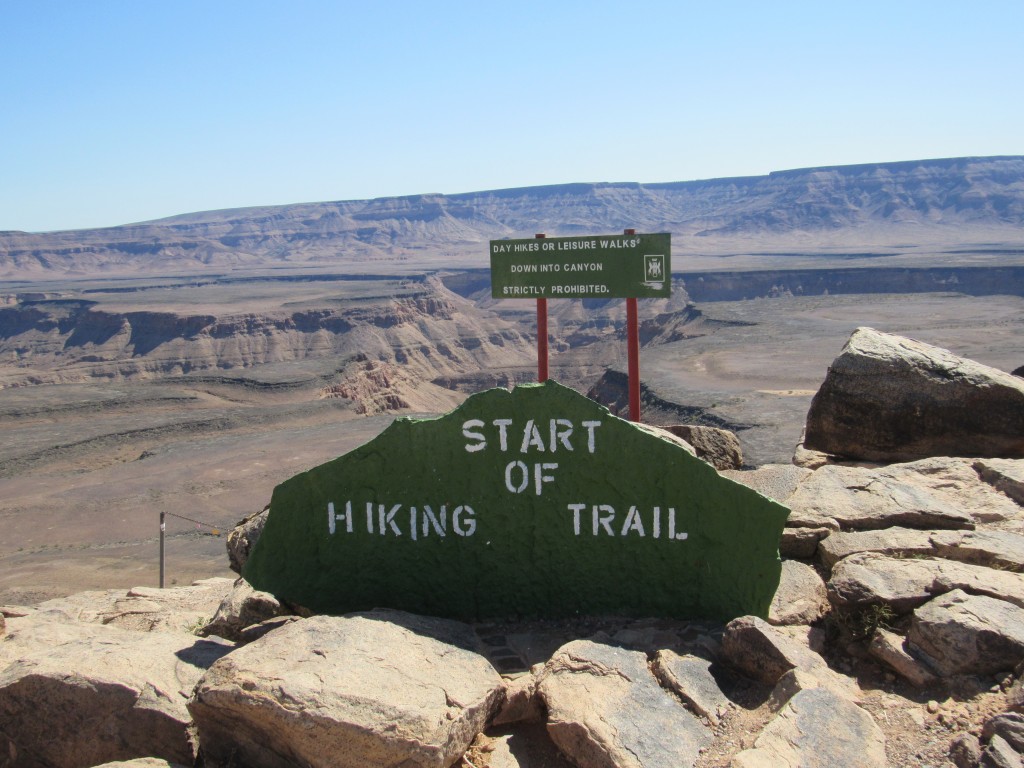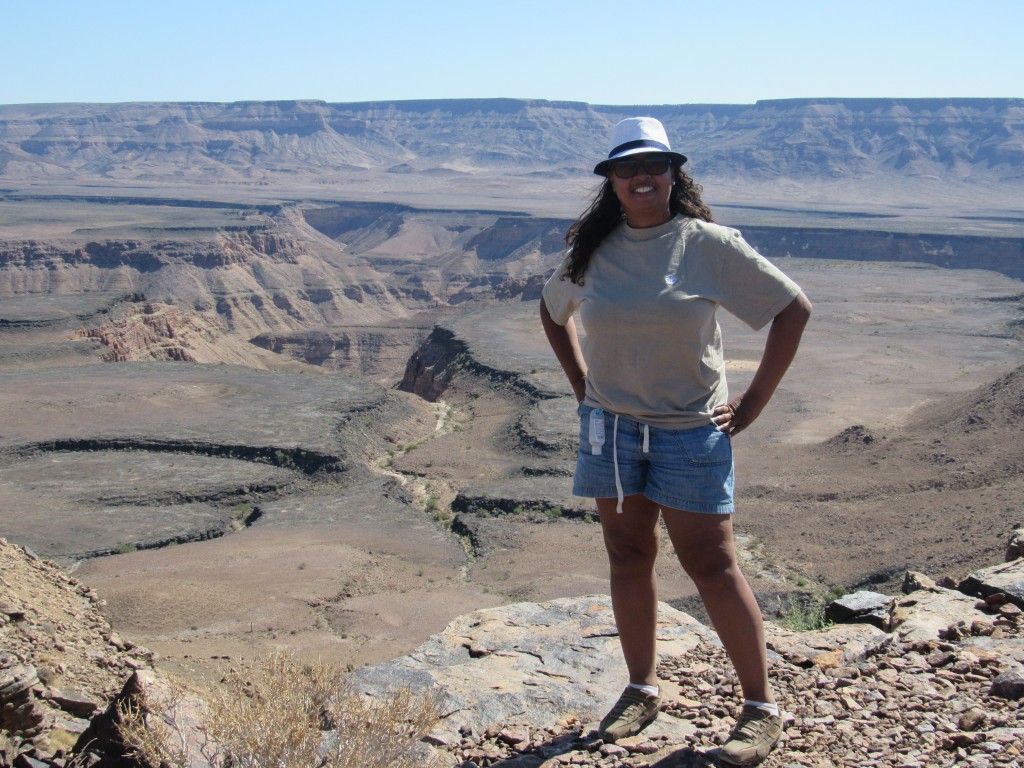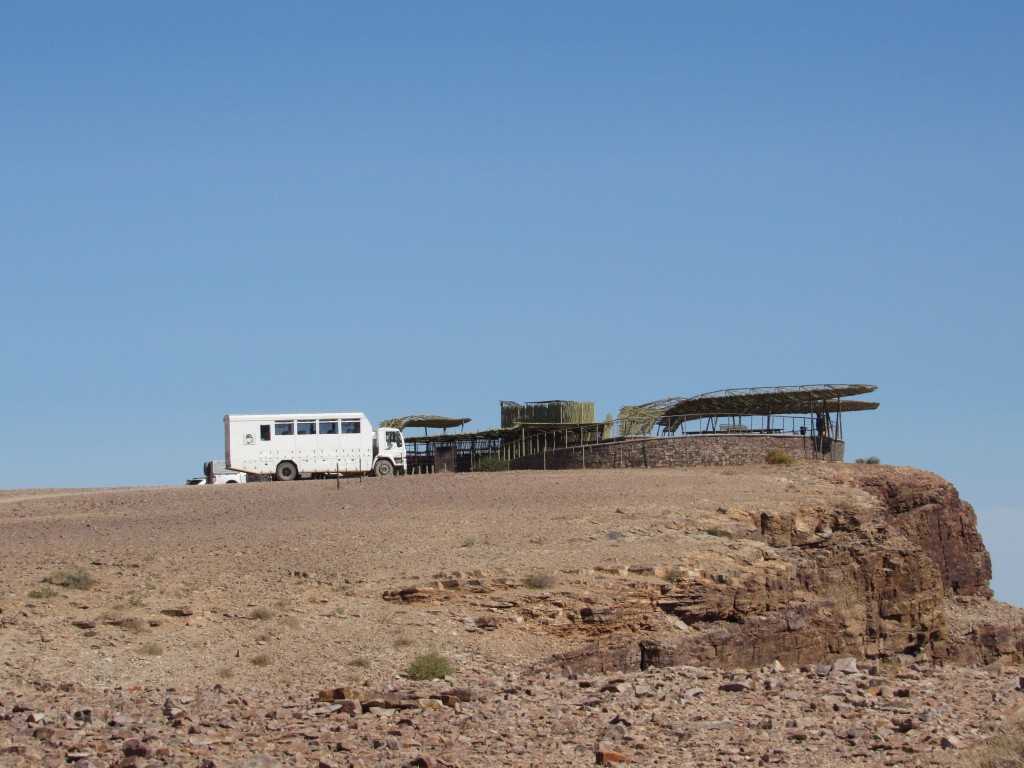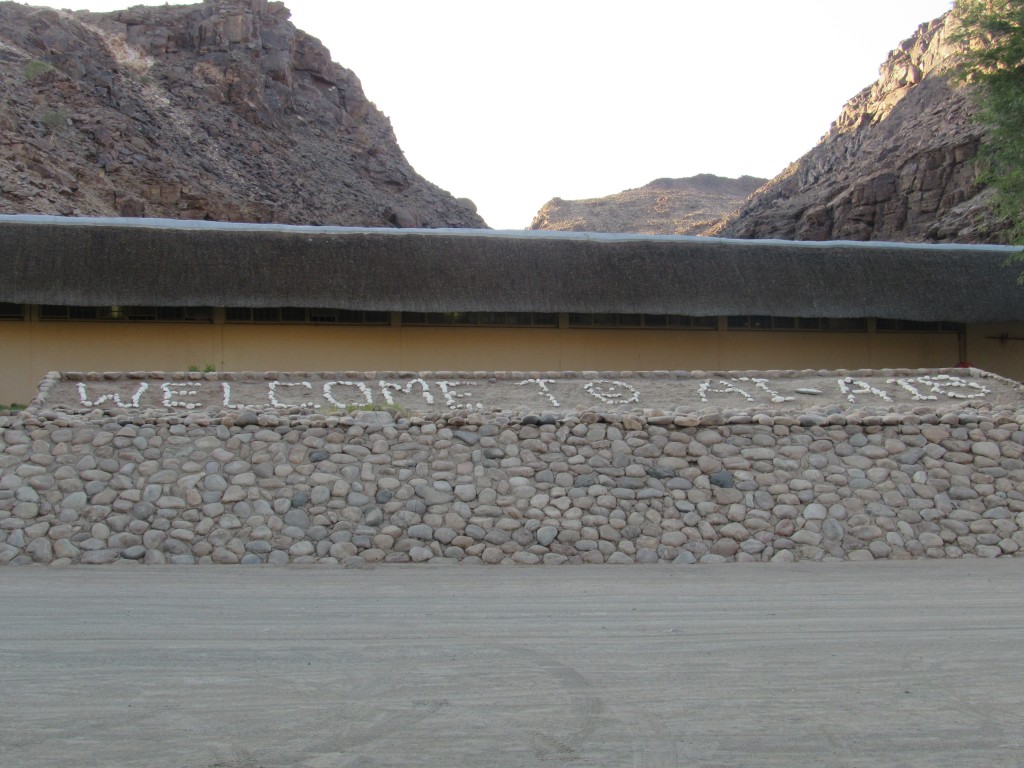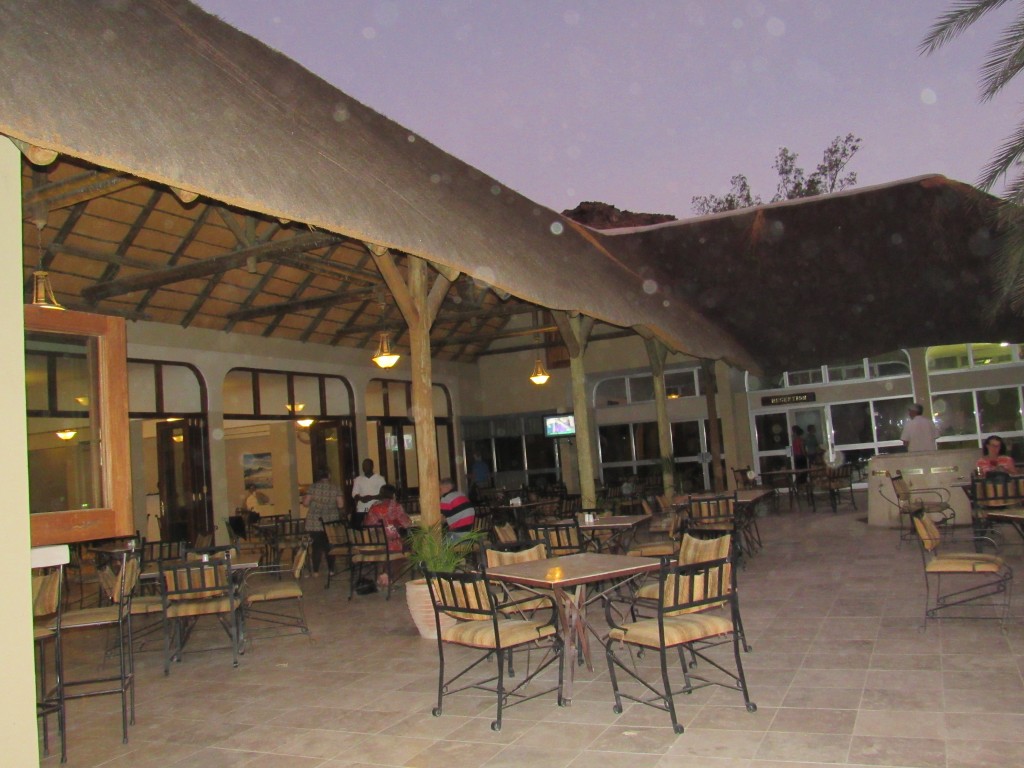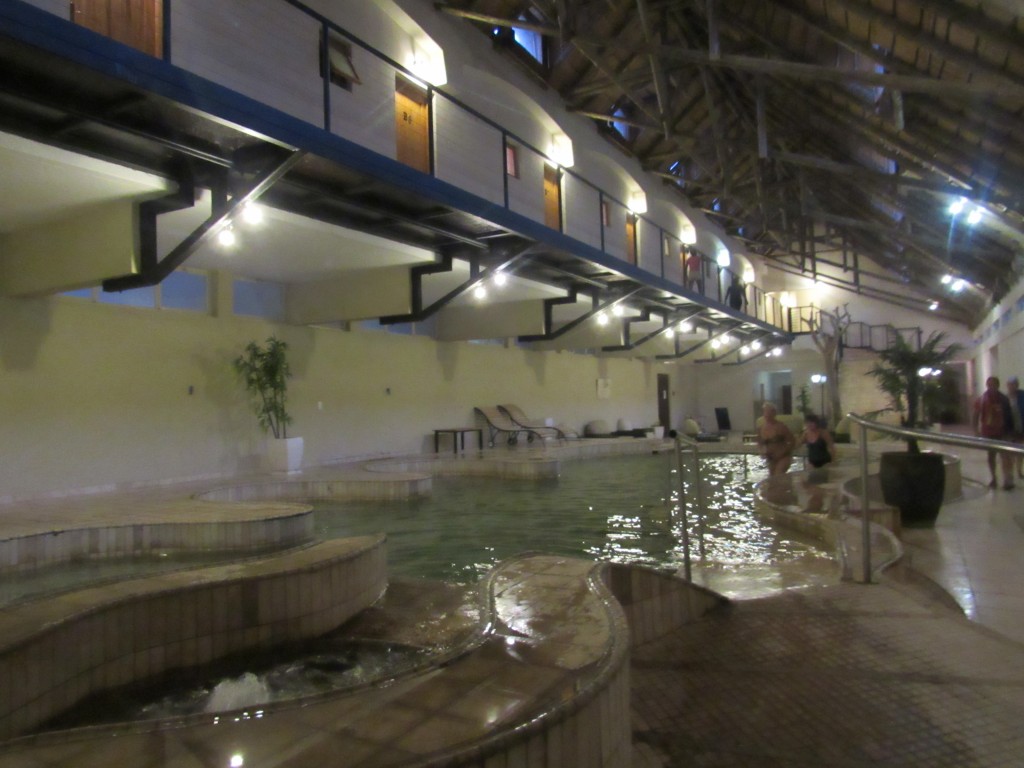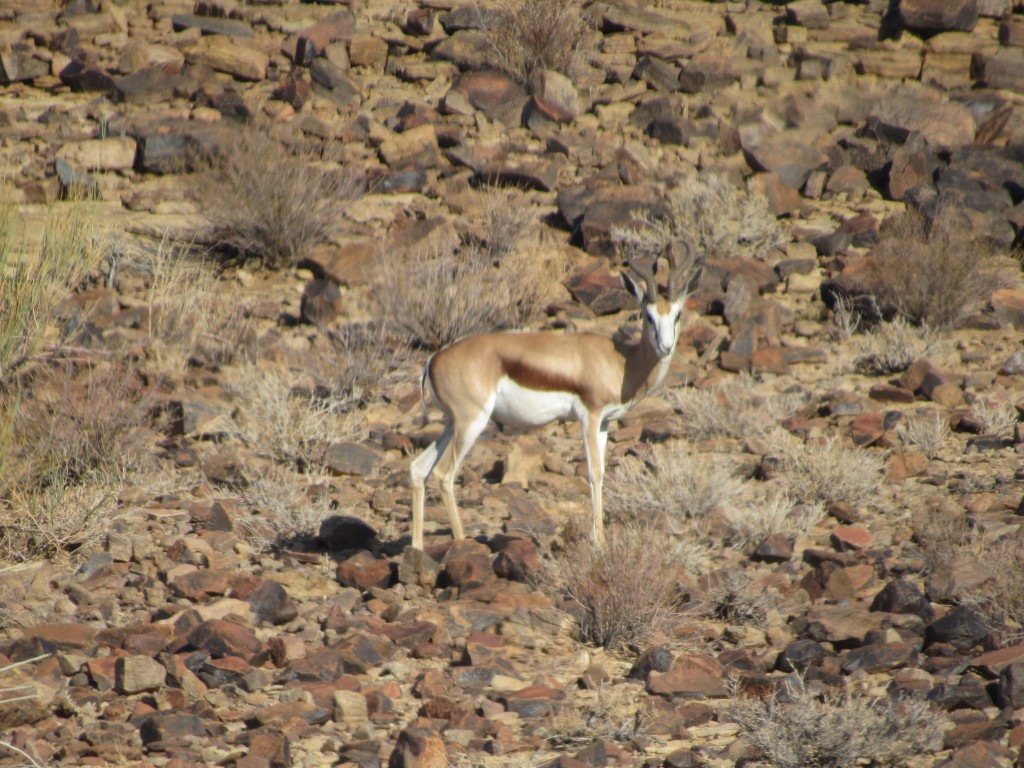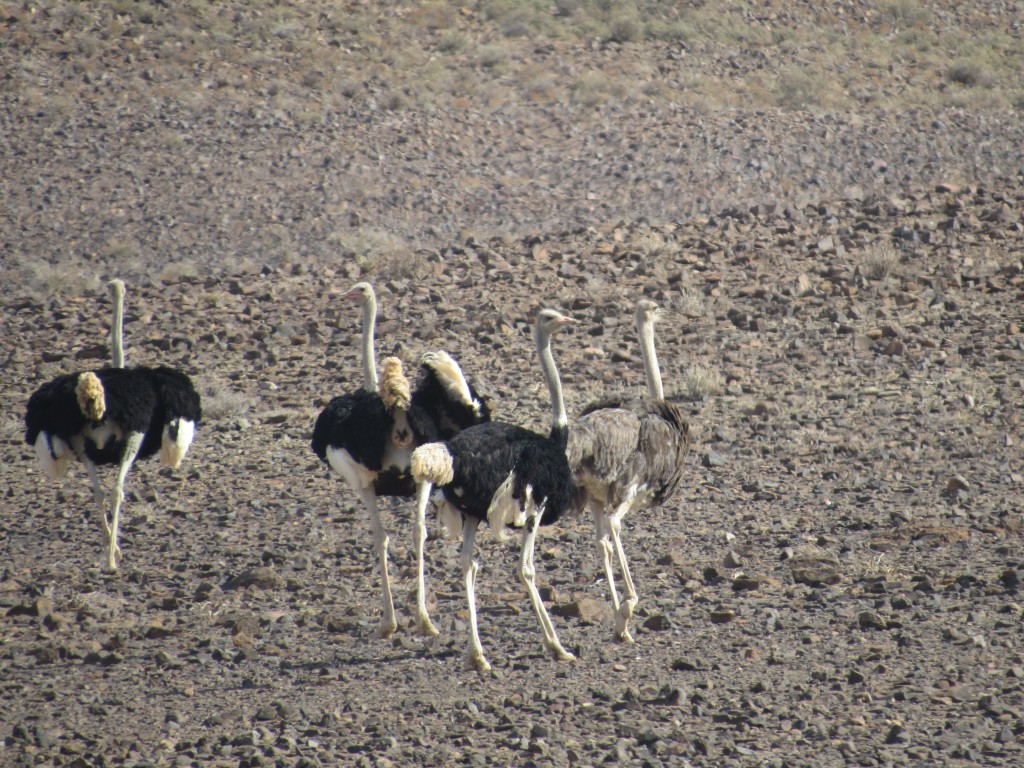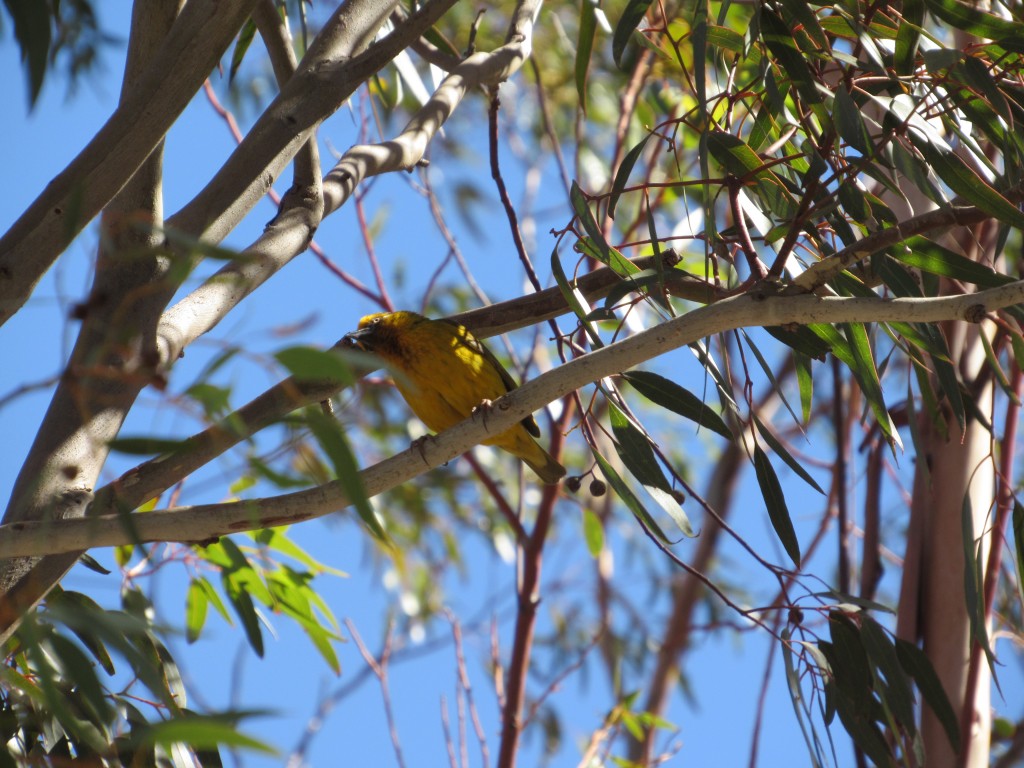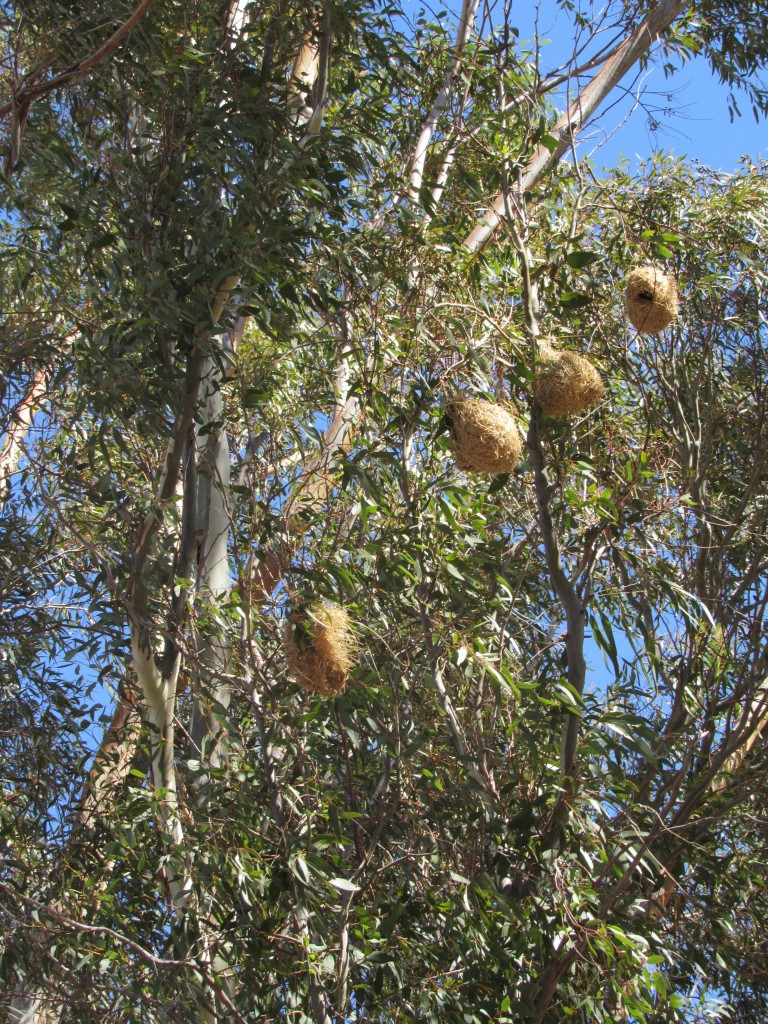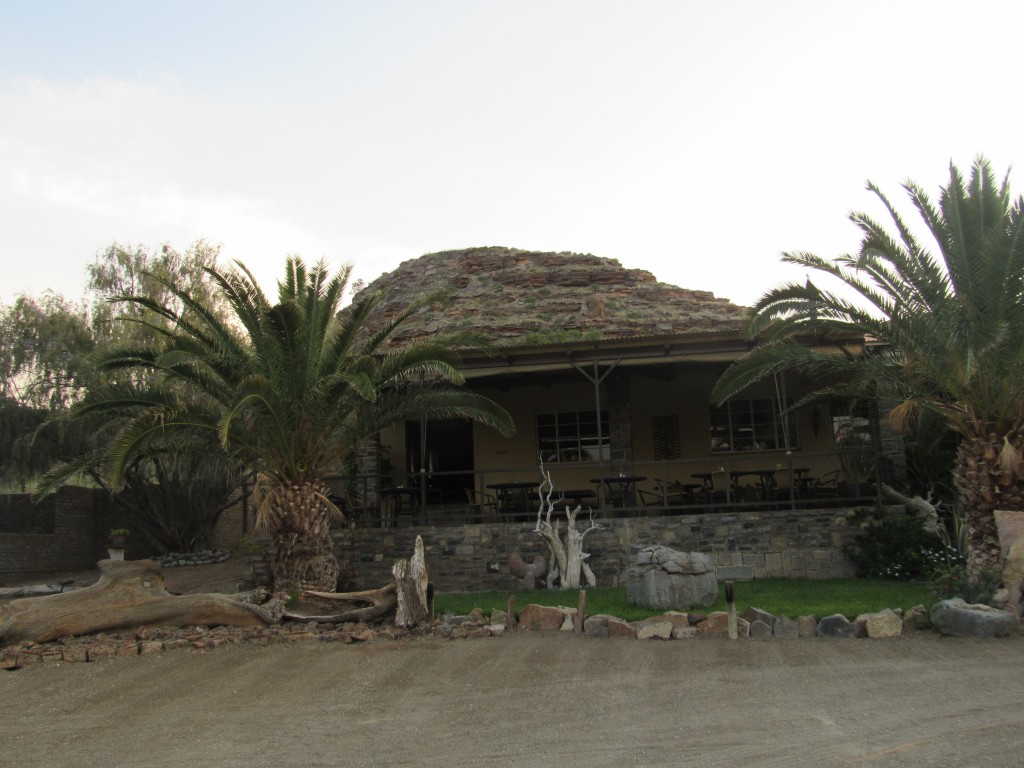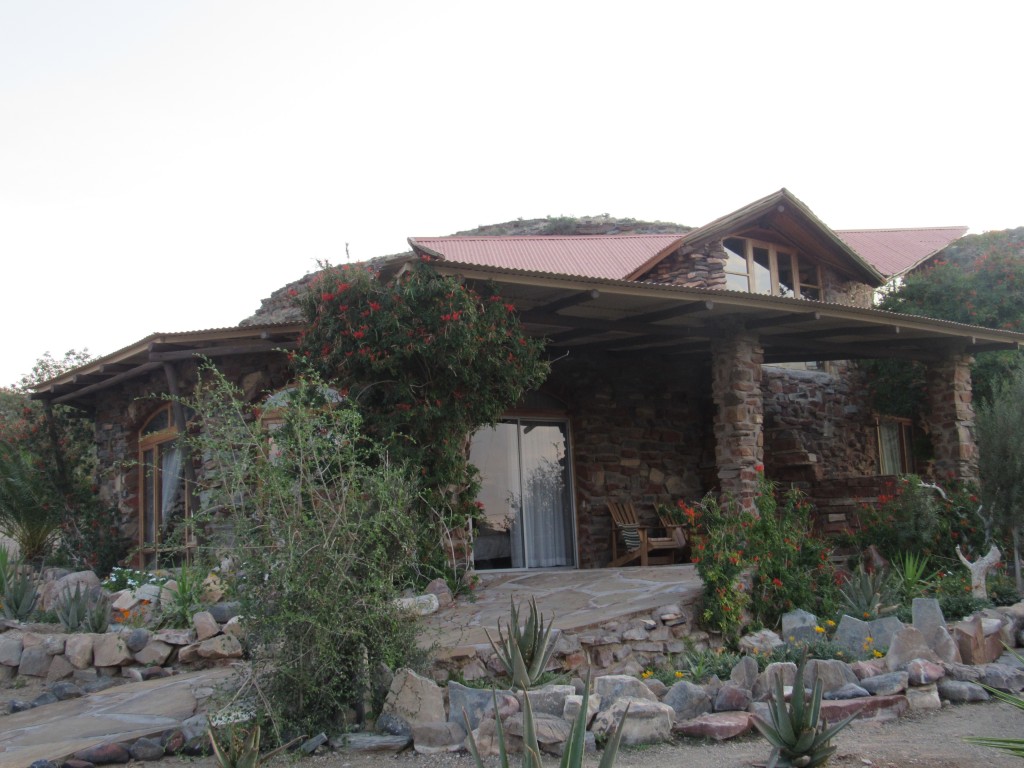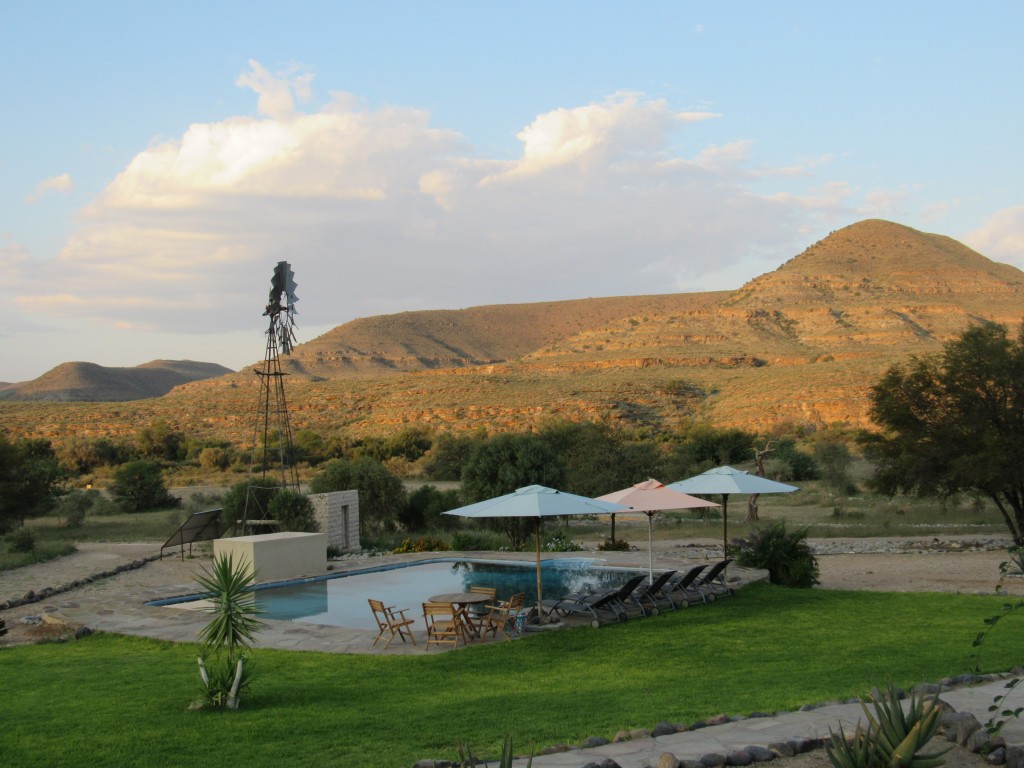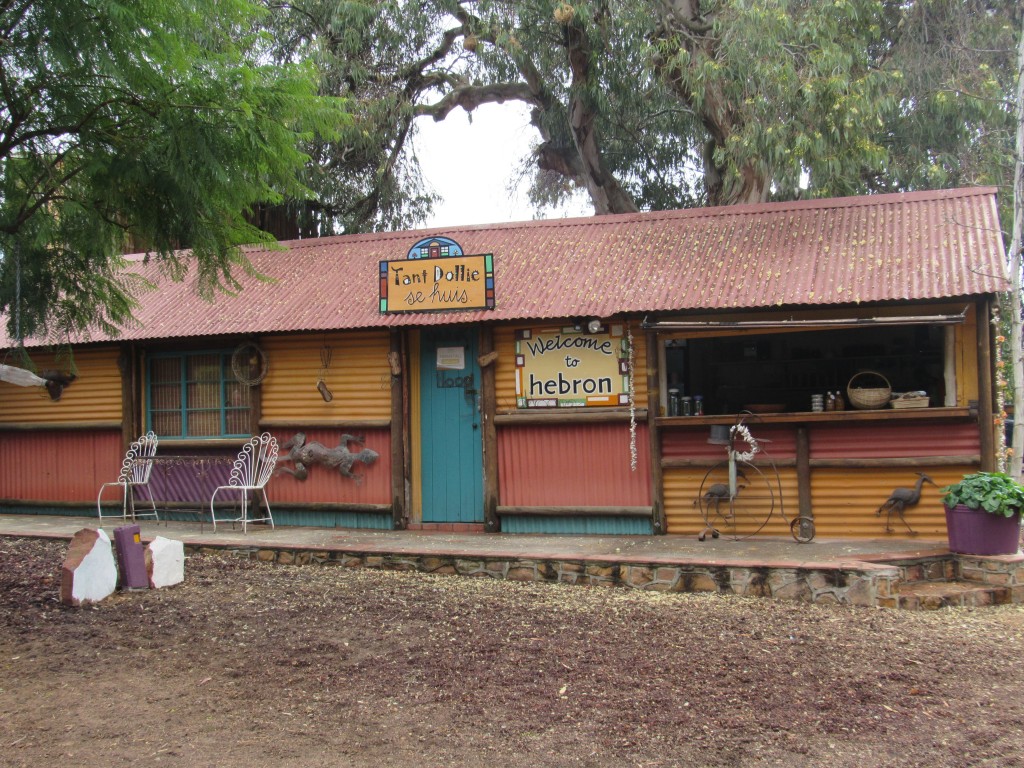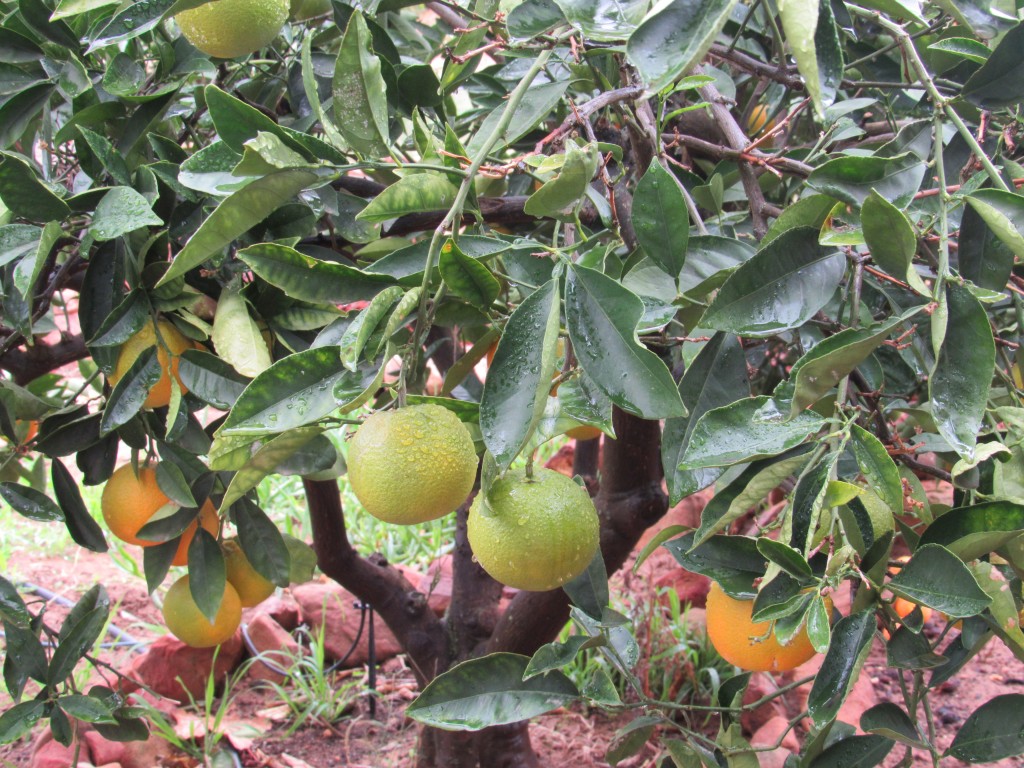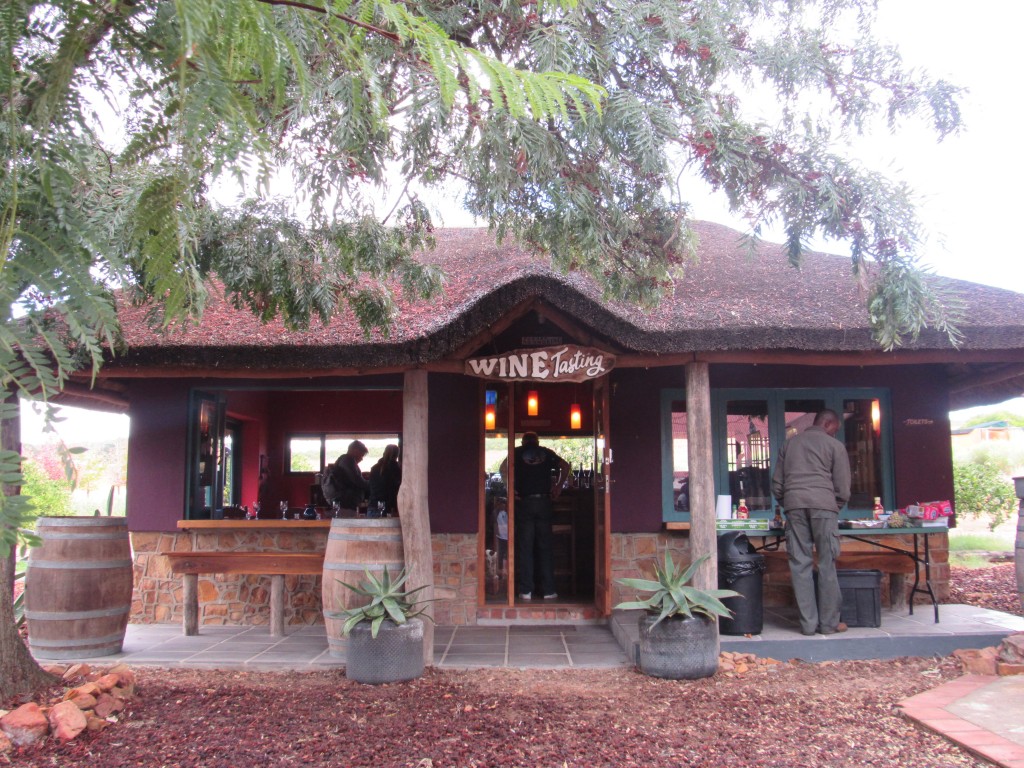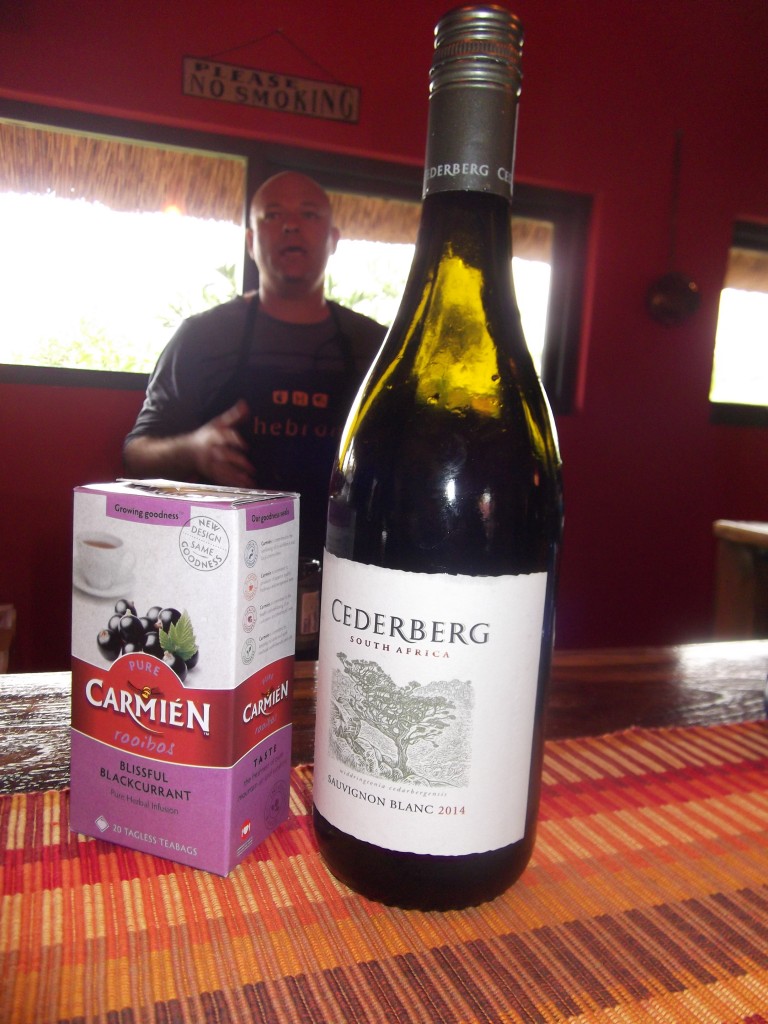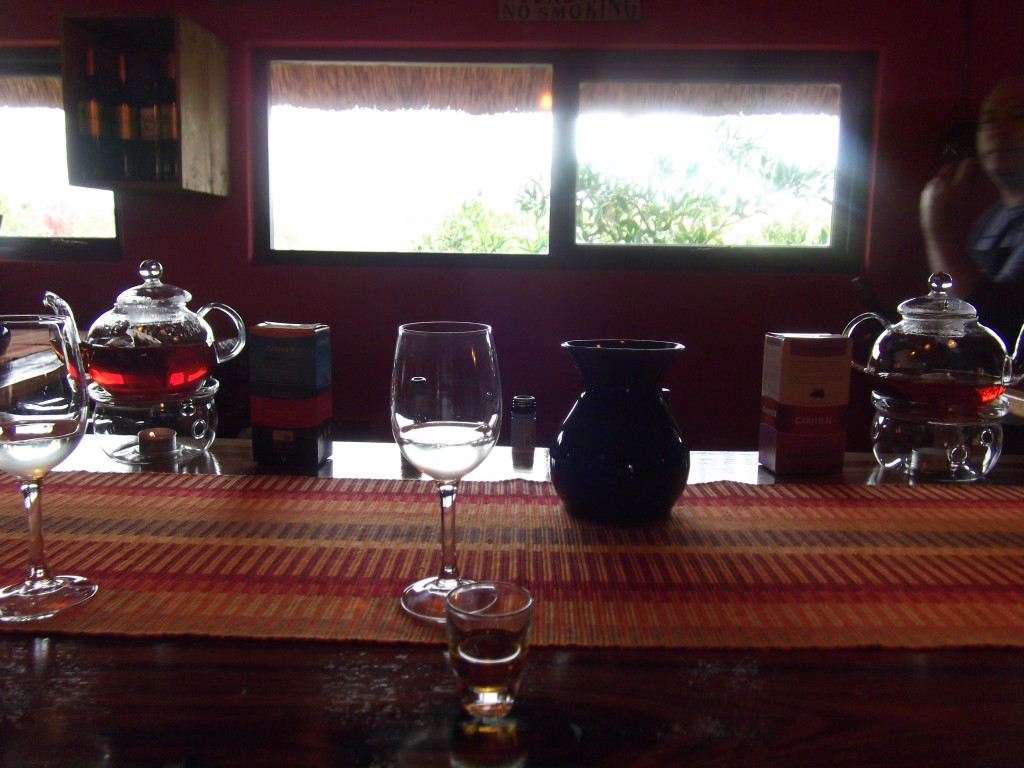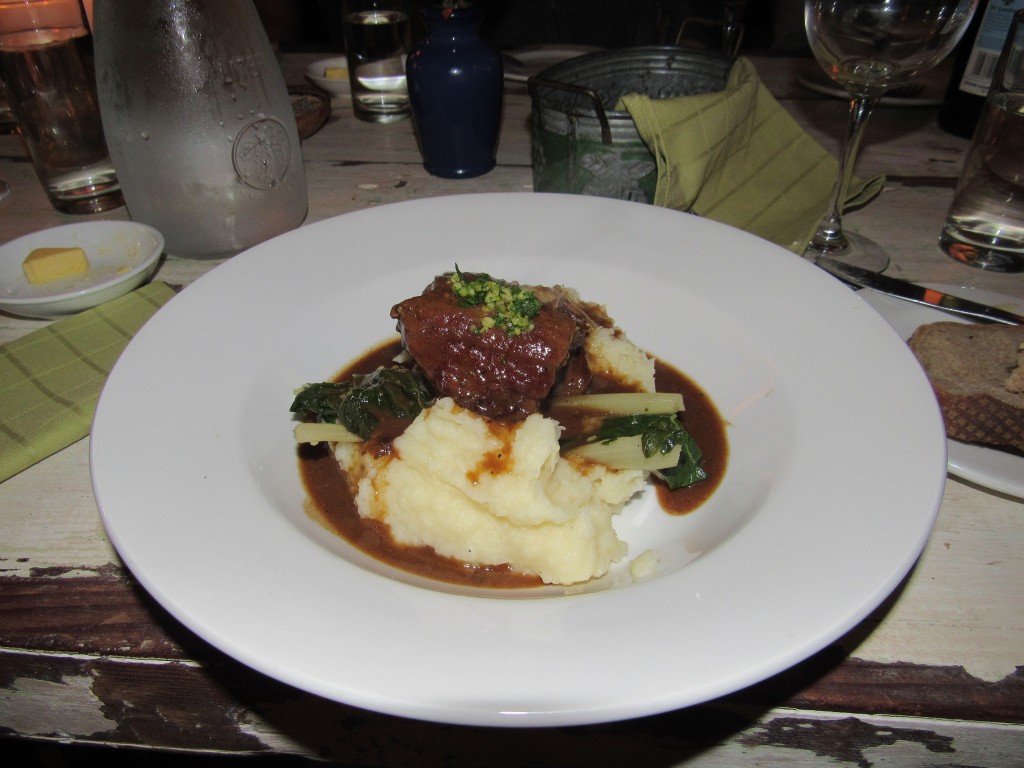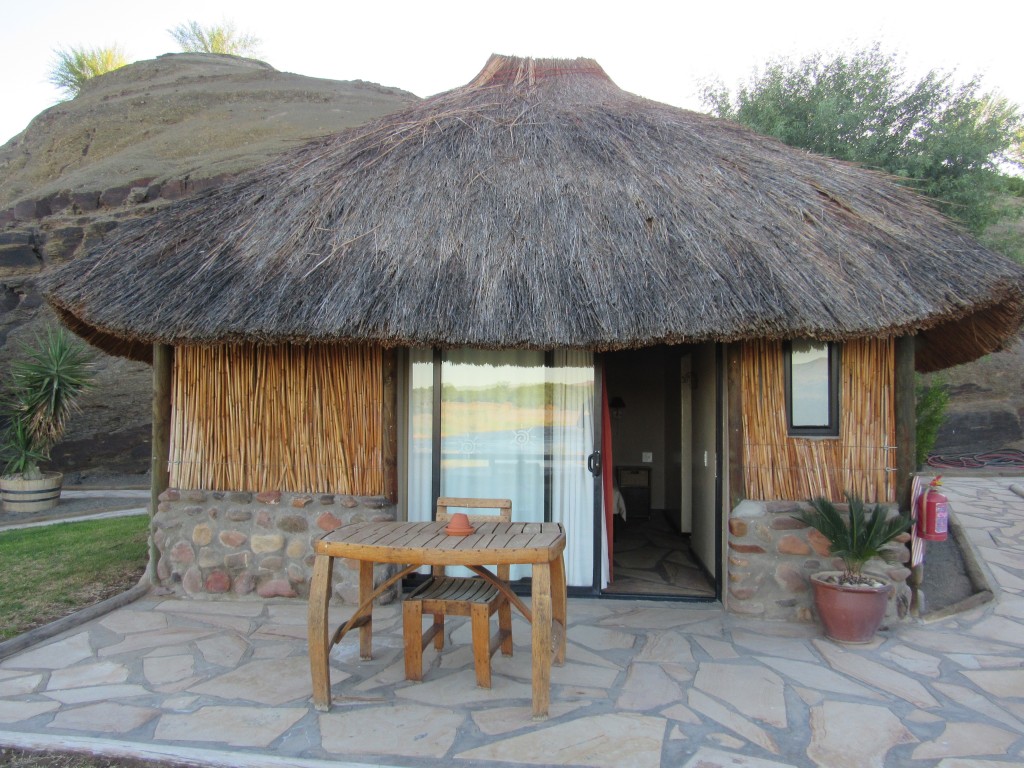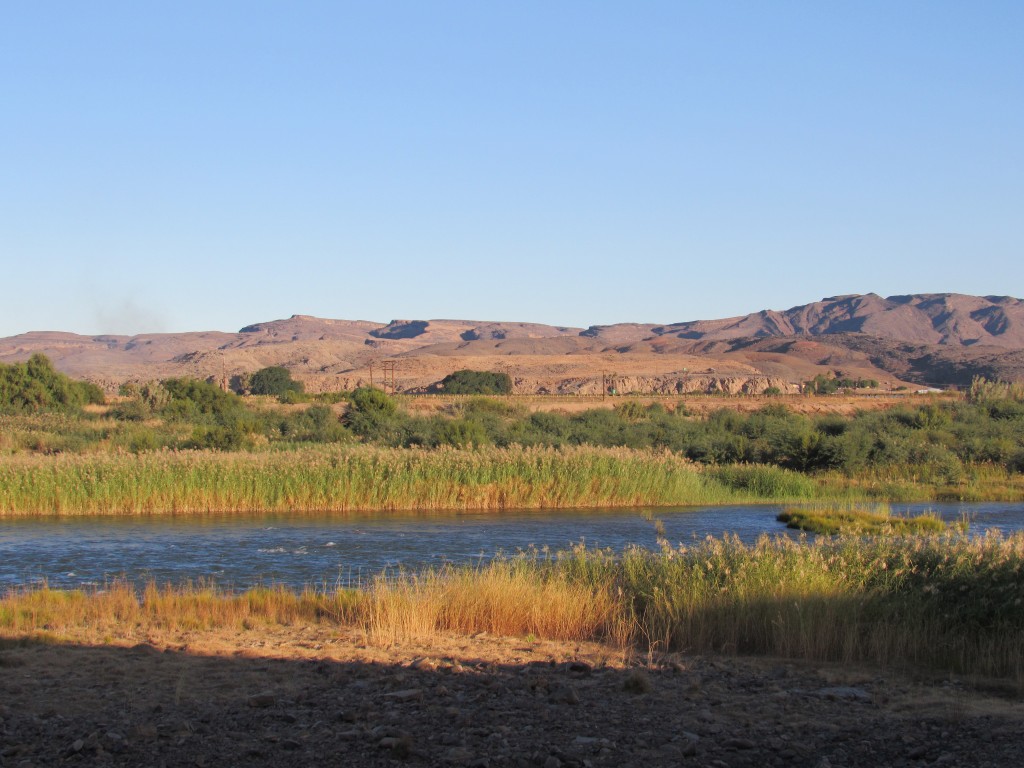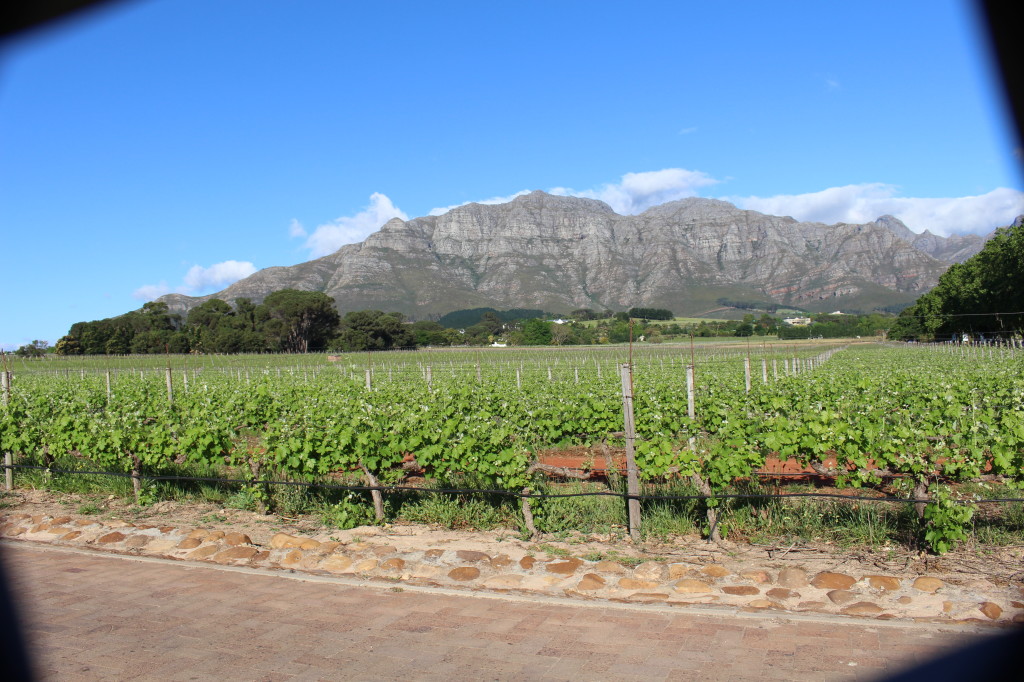
South Africa is among the top 10 wine producers in the world, producing more than 1,000,000 liters of wine per year. But while black and coloured* South Africans represent nearly 90% of the population, they remain woefully underrepresented in the $3 billion wine industry, at less than three percent. This great imbalance is a legacy of colonialism and South Africa’s apartheid past, when non-whites were prohibited from drinking or making wine and black ownership of land was limited.
Government land redistribution efforts and an affirmative action program known as Black Economic Empowerment (BEE) have been largely unsuccessful in increasing black ownership and participation in South Africa’s wine industry. Lack of collateral makes it near impossible for blacks to secure business loans from banks or funding from the government. Non-ownership of land, grapes or wineries and consumer reluctance to purchase wine brands with “African sounding” names have been additional obstacles. But despite these barriers, blacks are making inroads. Listed below are 10 black vineyards, winemakers and wine brands seeking to excel in South Africa’s competitive wine business.
Black Vineyards
Seven Sisters
Seven Sisters wine brand launched in 2007 and is owned and managed by coloured South African Vivian Kleynhans and her six sisters. The Seven Sisters wines are named after each sibling and the range consists of a Bukettraube (Odelia), Pinotage-Rose (Twena), Chenin Blanc (Yolanda), Sauvignon Blanc (Vivian), Pinotage/Shiraz (Dawn), Merlot (June) and Cabernet (Carol). The Seven Sisters vineyard, located in the Stellenbosch region of the Cape Winelands, is open to the public for tours and tastings by appointment. Seven Sisters can be contacted by phone at +27 710494109 or by email at vivian@africanrootswines.com. Seven Sisters wines are sold in the United States and South Africa.
M’Hudi
M’Hudi is a family enterprise owned and operated by the Rangakas, a black family who moved from Johannesburg to Cape Town in 2003 to realize their dream of owning a wine farm. With no prior winemaking experience, mother Malmsey, father Diale, and their three children, Tseliso, Lebogang, and Senyane have created a successful brand. M’hudi produces a “Premium” range (Sauvignon Blanc, Pinotage and Merlot) and an “On the Move” range (Chardonnay, Chenin Blanc, Pinotage, Shiraz and Cabernet Sauvignon). M’hudi’s Stellenbosch vineyard is currently closed to the public, but expected to re-open in April 2017. M’Hudi wines are sold in South Africa.
Thandi
Thandi was South Africa’s first agricultural BEE project and is owned by 147 farm worker families who hold 62% shares in the company. Thandi produces five ranges of wine: Reserve Range (Cabernet Sauvignon), Premium Range (Chardonnay, Merlot, Sauvignon Blanc and Shiraz), Pioneer Range (Chardonnay/Chenin Blanc, Shiraz/Cabernet Sauvignon, Shiraz/Rose, Sparkling Rose, Sparkling Red, and Sparking White), Rossouw Private Collection (Merlot/Cabernet and Pinotage) and JAC Range (Pinotage, Red Blend and Shiraz). Thandi’s Stellenbosch vineyard is open to the public for tastings, Monday through Thursday from 9:00 am to 5:00 pm and Friday from 9:00 am to 4:00 pm. Thandi wines are sold in Austria, Belgium, Canada, China, Finland, Germany, Hong Kong, Japan, Kenya, Norway, Russia, Sweden, South Korea, Sweden and South Africa.
Black Winemakers
Ntsiki Biyela
Ntsiki Biyela holds the distinction of being South Africa’s first black female winemaker. Biyela started her career in 2004 at the Stellenbosch vineyard of Stellekaya, where she is head winemaker. Biyela recently started her own Aslina wine brand, which is currently sold in the United States, Denmark and Germany. The Aslina brand will be sold in South Africa in 2017. Biyela has three Stellekaya varietals available at Wine for the World.
Carmen Stevens
Carmen Stevens is South Africa’s first coloured female winemaker and she has been the winemaker at Amani’s Stellenbosch vineyard since 2005. At Amani, Stevens makes a range of wines, including Sauvignon Blanc, Chardonnay, Rosé, Merlot, Shiraz, Pinotage, Cabernet Franc and a wine named I Am One, a Bordeaux/Shiraz blend. Stevens recently started her own wine brand, Angels Reserve, with the help of angel investors. Her wine can be purchased online at Naked Wines.
Heinrich Devon Keenen Kulsen
Heinrich Devon Keenen Kulsen is winemaker at Earthbound Wines, an organic and Fairtrade-certified range made from grapes supplied by Papkuilsfontein Vineyards in the Darling region of the Western Cape. The range consists of five varietals, four of which are organic: Sauvignon Blanc, Chenin Blanc, Pinotage, Cabernet Sauvignon and Pinot Noir (non-organic). Earthbound wines are sold in South Africa at Tops @ Spar and Darling Wine Shop, and online at Cyber Cellar.
Black Wine Brands
House of La RicMal
Malcolm and Ricardo Green are the father and son team behind the House of La RicMal, which has been in operation since 2008. Sourcing grapes from Darling, House of La RicMal produces two brands, La RicMal Supreme (Cabernet Sauvignon, Merlot, Shiraz, and Sauvignon Blanc) and Lerato (Classic Red, Sweet Red, and Classic White). House of RicMal brands are sold in South Africa at Pick and Pay, Checkers, Tops @ Spar, Liquor City and Agrimark and also exported to Nigeria, Ghana, Mozambique, Malawi, and Angola.
House of Mandela
Dr. Makaziwe Mandela and Tukwini Mandela (the daughter and granddaughter of late South African president and freedom fighter Nelson Mandela) are the mother and daughter team behind the House of Mandela. The House of Mandela produces varietals under five labels: Deep River (Cabernet Sauvignon/Merlot and Chenin Blanc/Chardonnay blends), Royal Reserve (Cabernet Sauvignon, Chardonnay and Shriaz), Thembu Collection (Cabernet Sauvignon, Merlot, Shiraz, Pinotage, Chenin Blanc, Chardonnay and Sauvignon Blanc), Vusani (Chenin Blanc and Pinotage) and Brut (Sparkling Wine). House of Mandela wines are sold in South Africa, the United States, Canada, Turks and Caicos, Brazil, Germany, Netherlands, Taiwan and Japan.
Ses’fikile
Ses’fikile is 100% owned and controlled by black women. Ses’fikile sources grapes from the Wellington area of the Western Cape and produces six wines: Chenin Blanc, Pinotage, Cabernet Sauvignon, Shiraz, Sauvignon Blanc and a Cabernet Sauvignon/Merlot blend. Private tastings can be arranged by phone at +27 83 431 0254 or by email at sesfikile@gmail.com. Ses’fikile wines are carried in select South African restaurants and hotels.
Women in Wine
Founded in 2006 by a group of 20 women, Women in Wine partners with existing cellars and bottling companies to produce its wine. The Women in Wine label produces six wines: Sauvignon Blanc, Cabernet Sauvignon, Chardonnay, Cabernet Sauvignon/Shiraz, Pinotage Rose, and Chardonnay Chenin Blanc. The Women in Wine brand is sold in the USA, China, Ireland, Spain, Sweden and Denmark, and in South Africa at Makro stores.
*In South Africa, the term Coloured is an ethnic label for people of mixed ethnic origin who possess ancestry from Europe, Asia, and various Khoisan and Bantu ethnic groups of southern Africa. For purposes of this article, the term Black is used to refer to persons who identify as Black or Coloured.
Have you visited any of these vineyards or tasted any of the wine brands? What did you think? Share your comments below.
Share This



